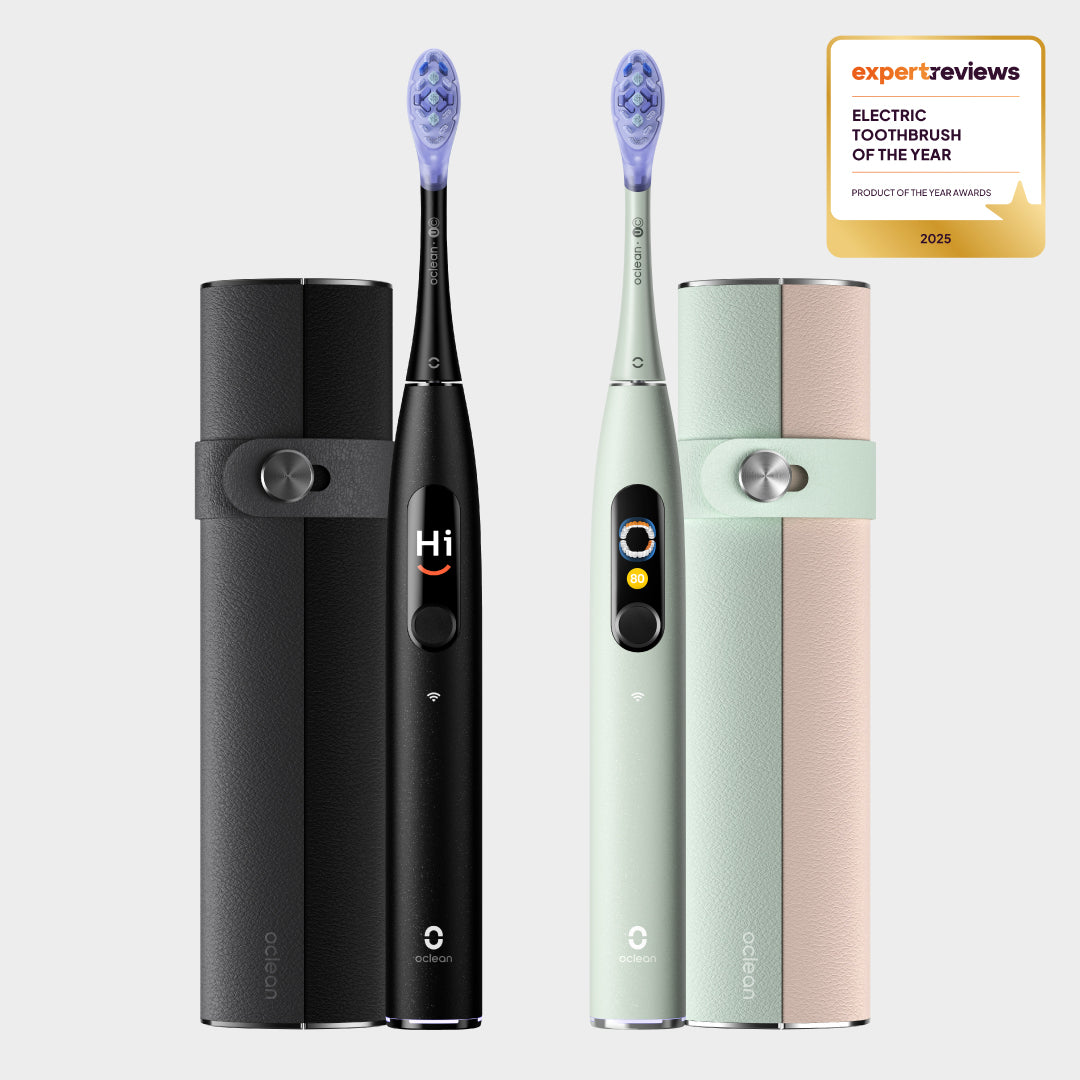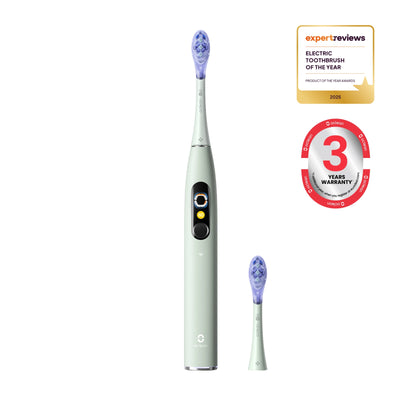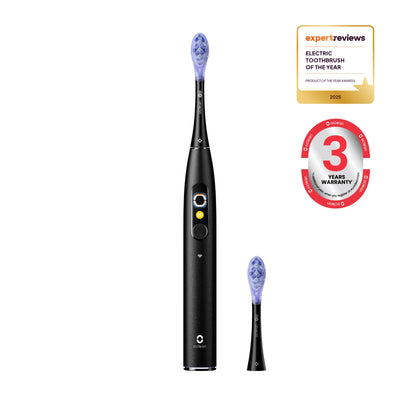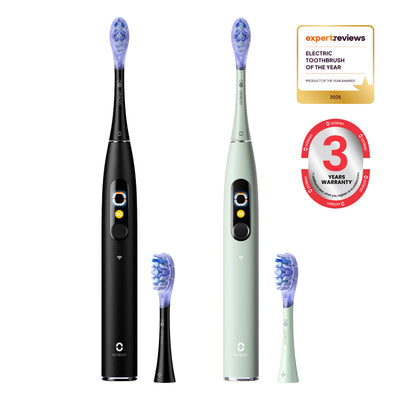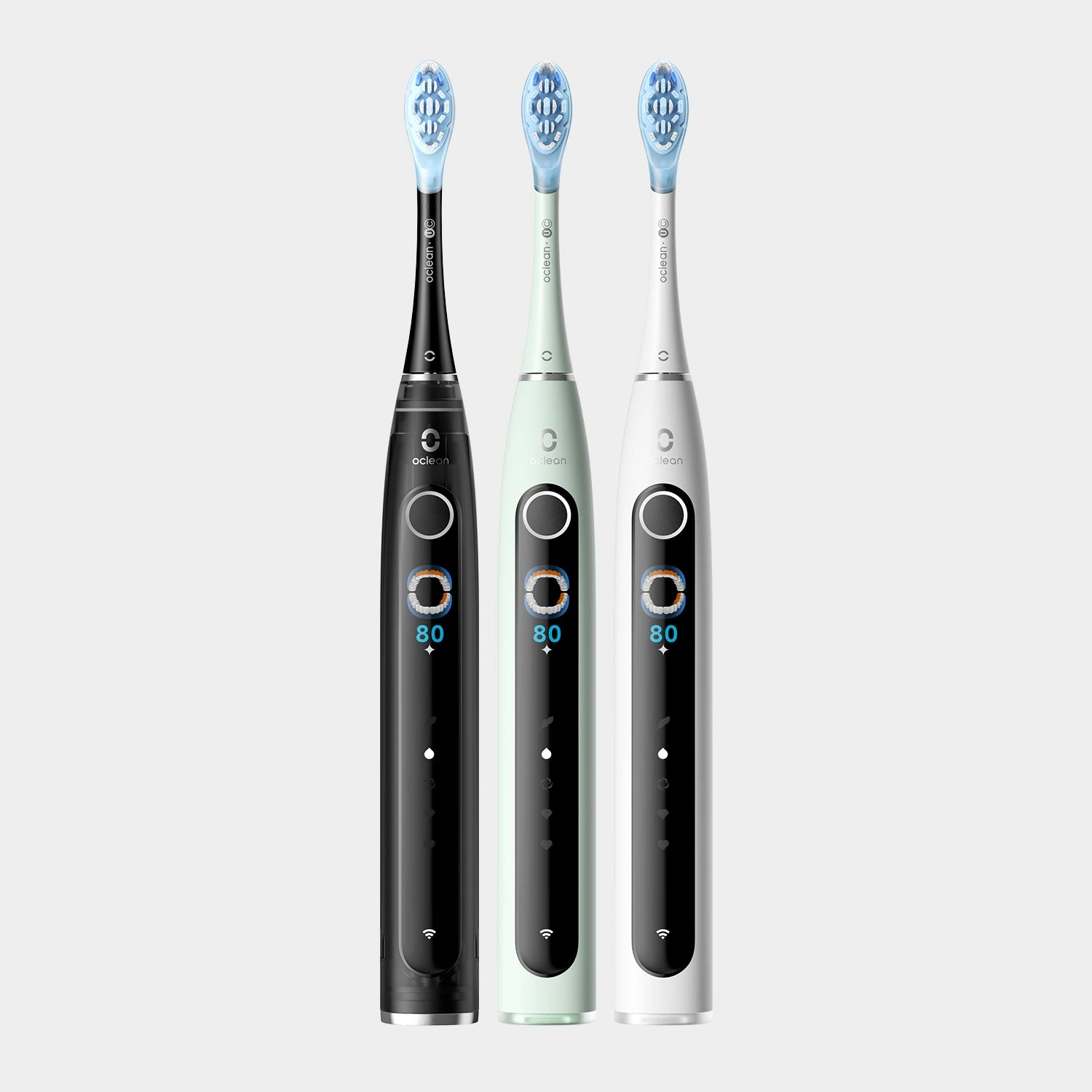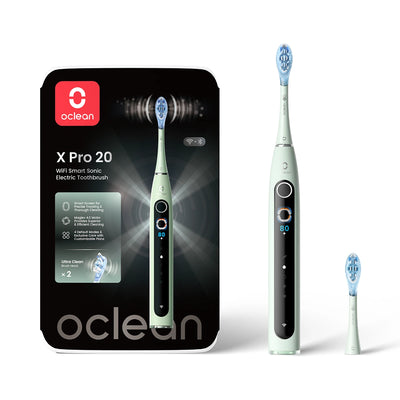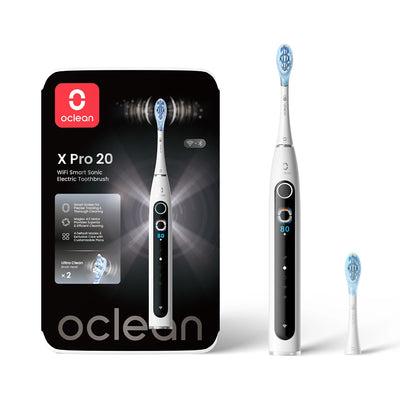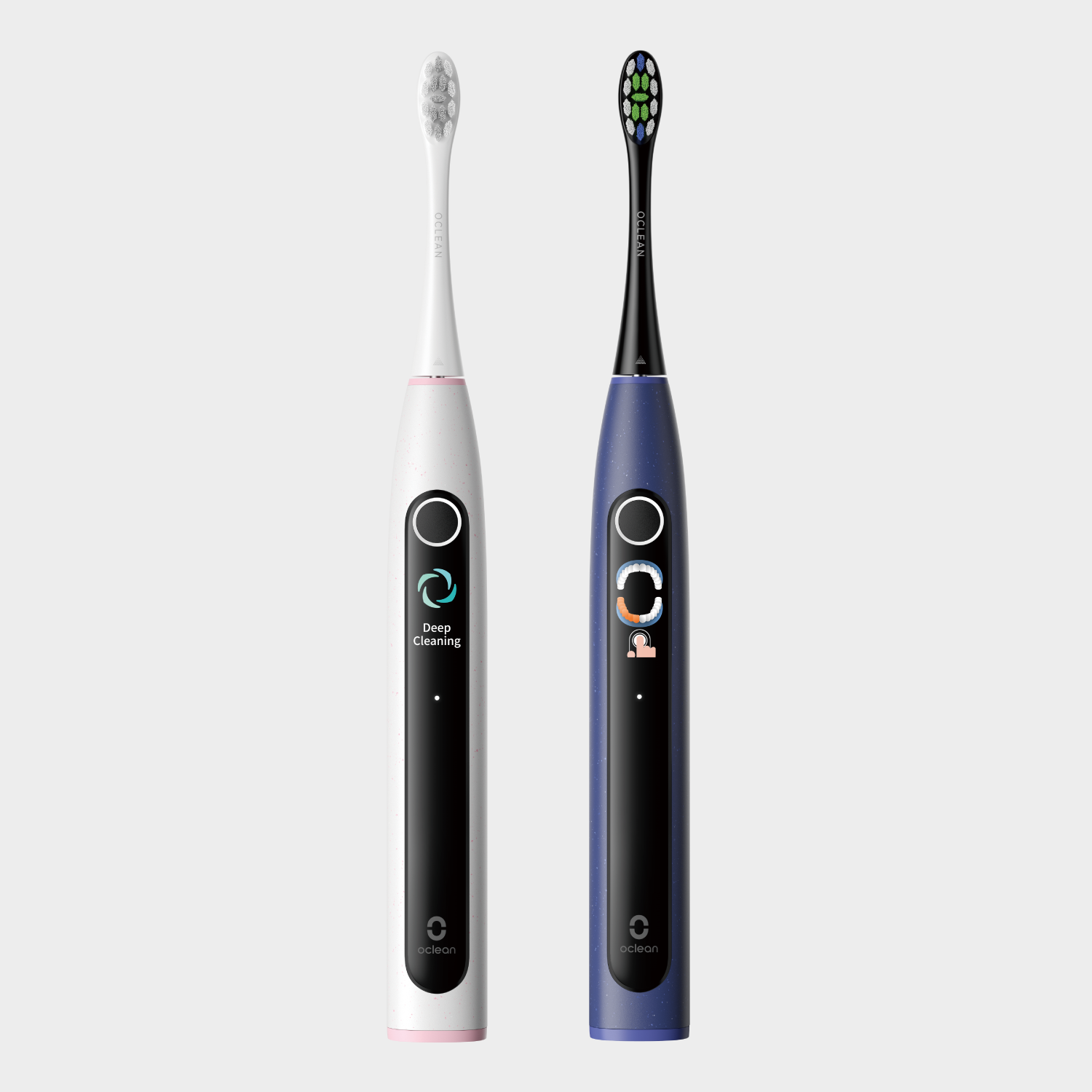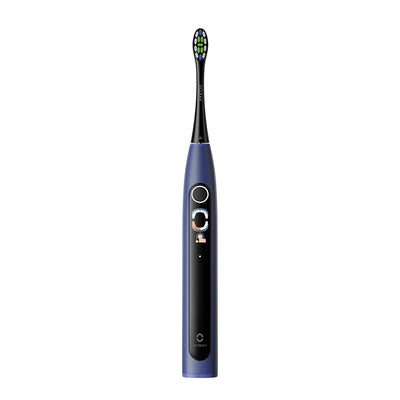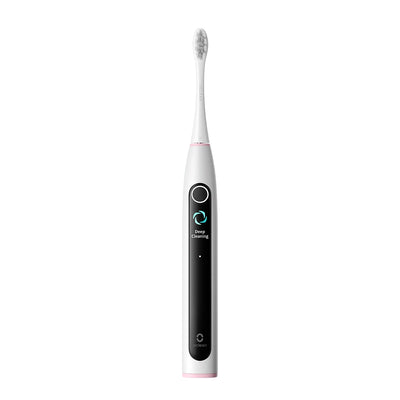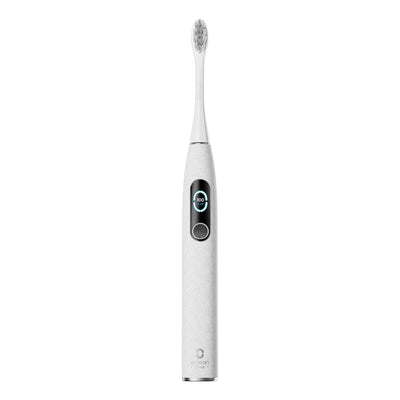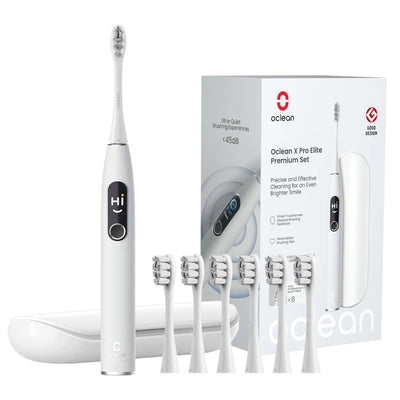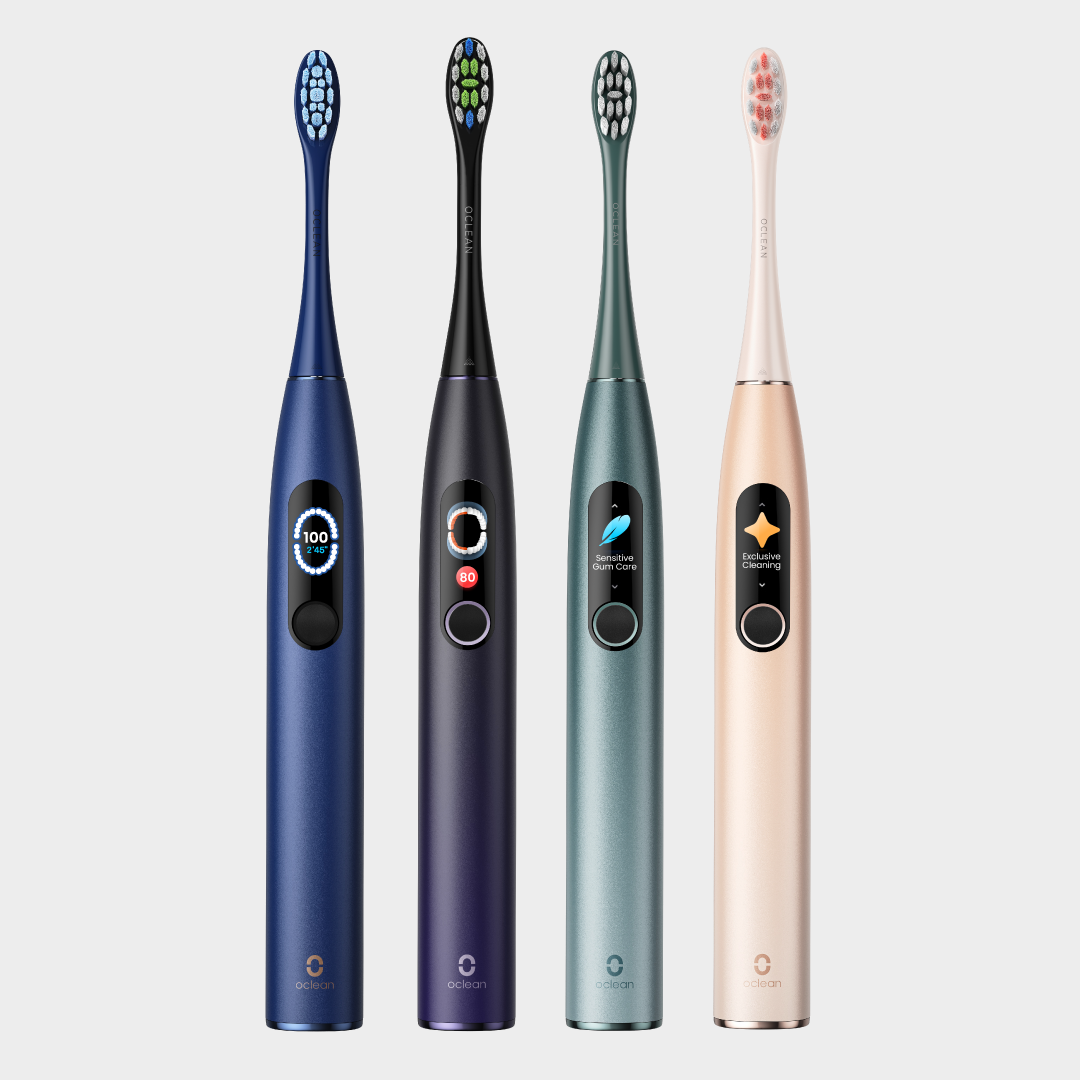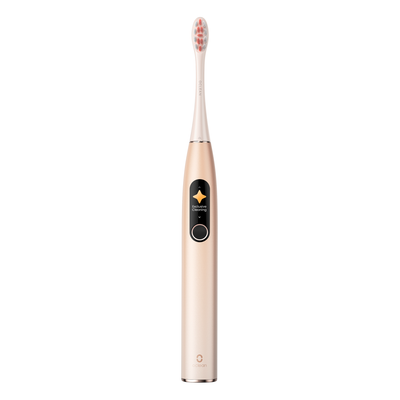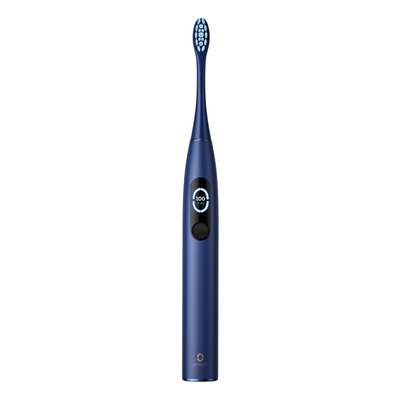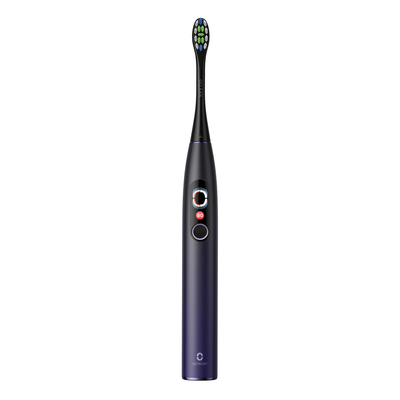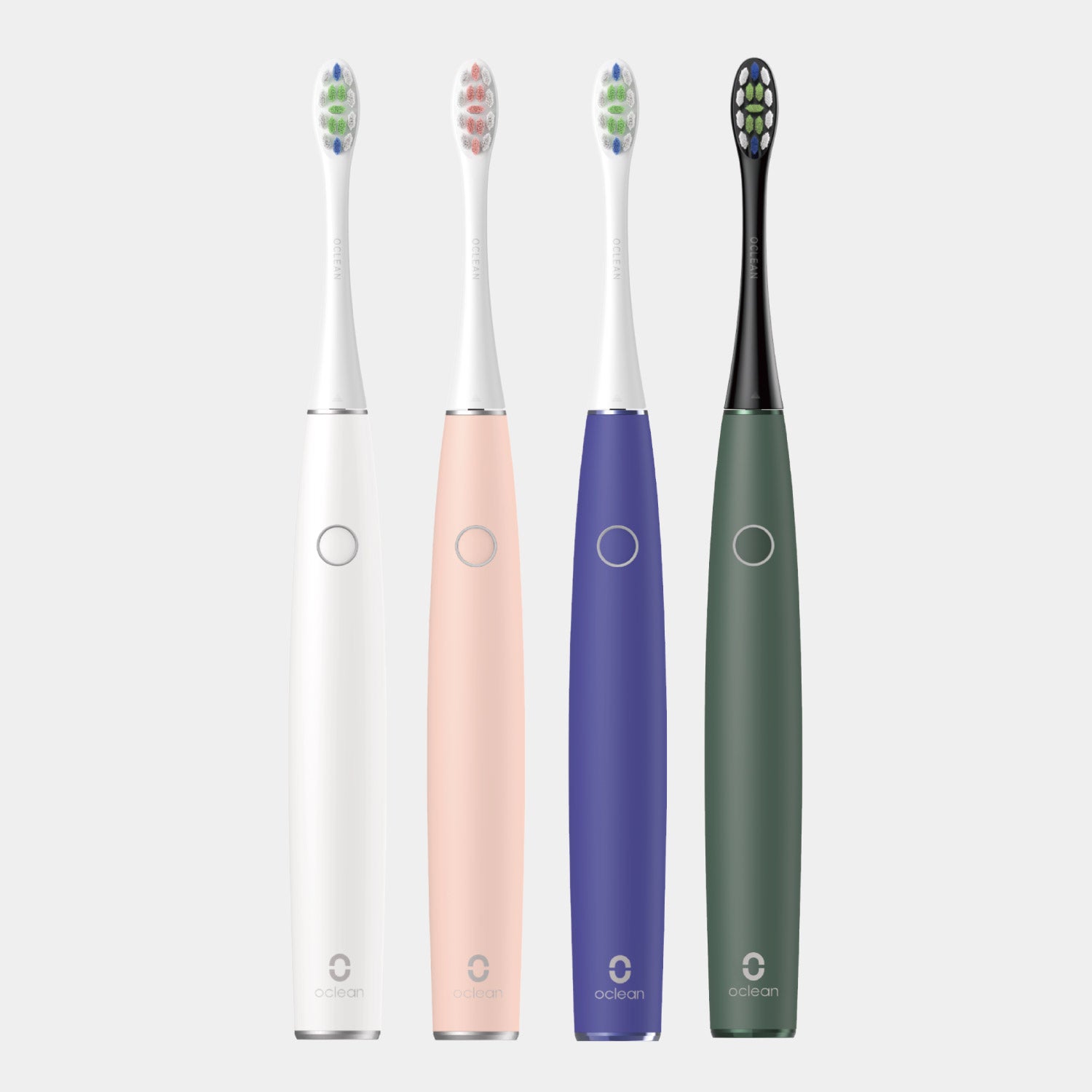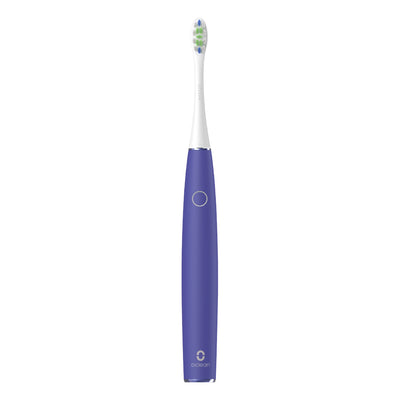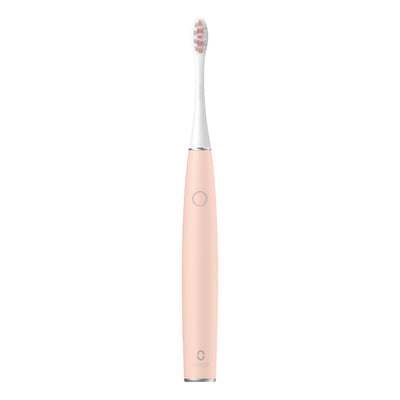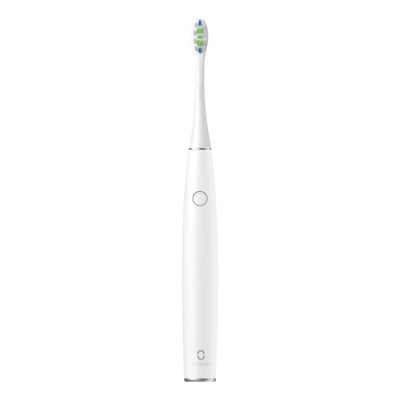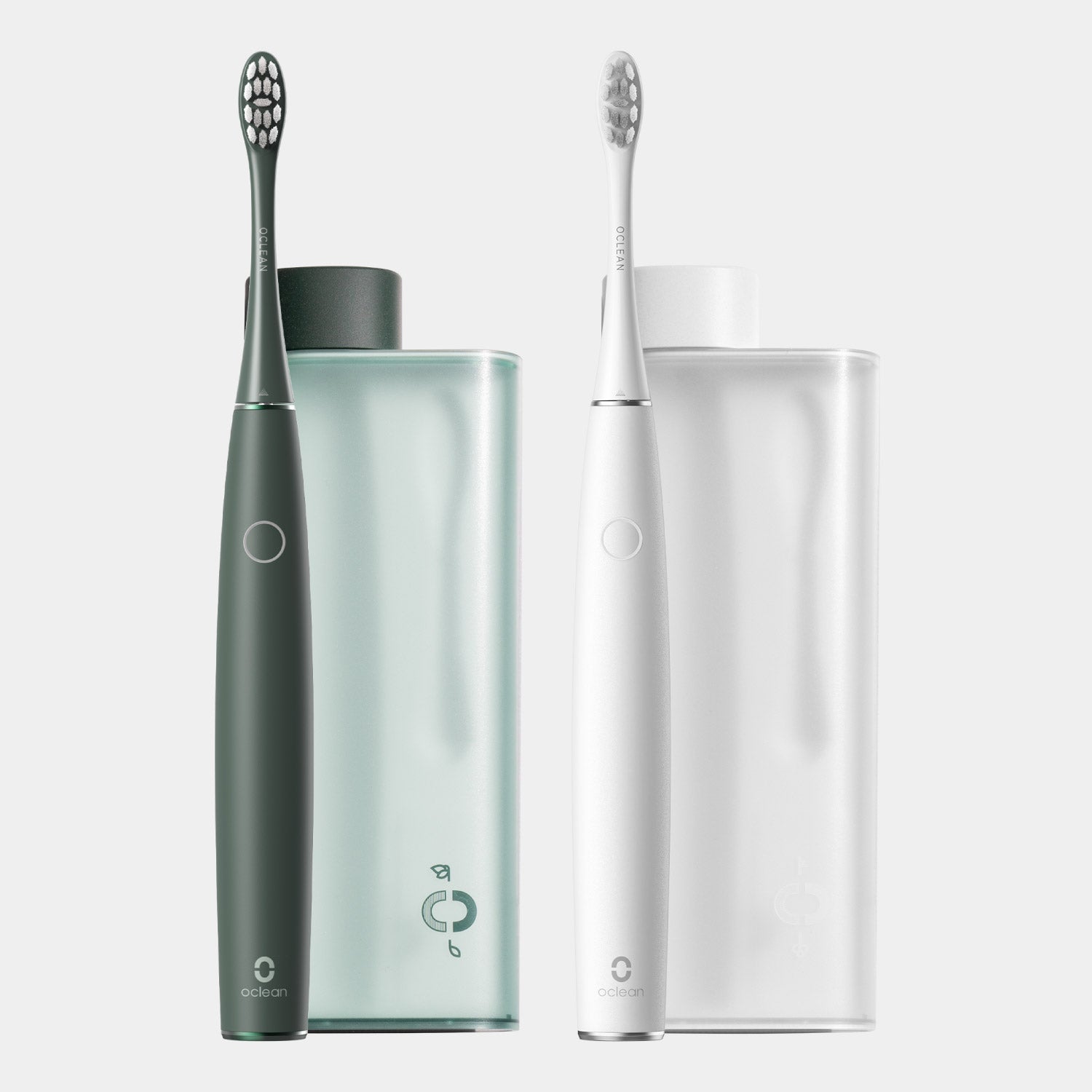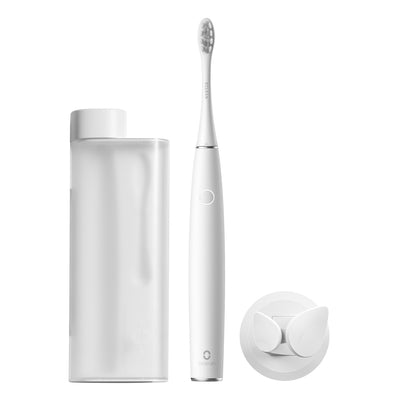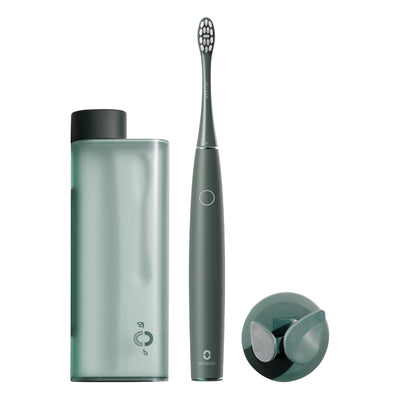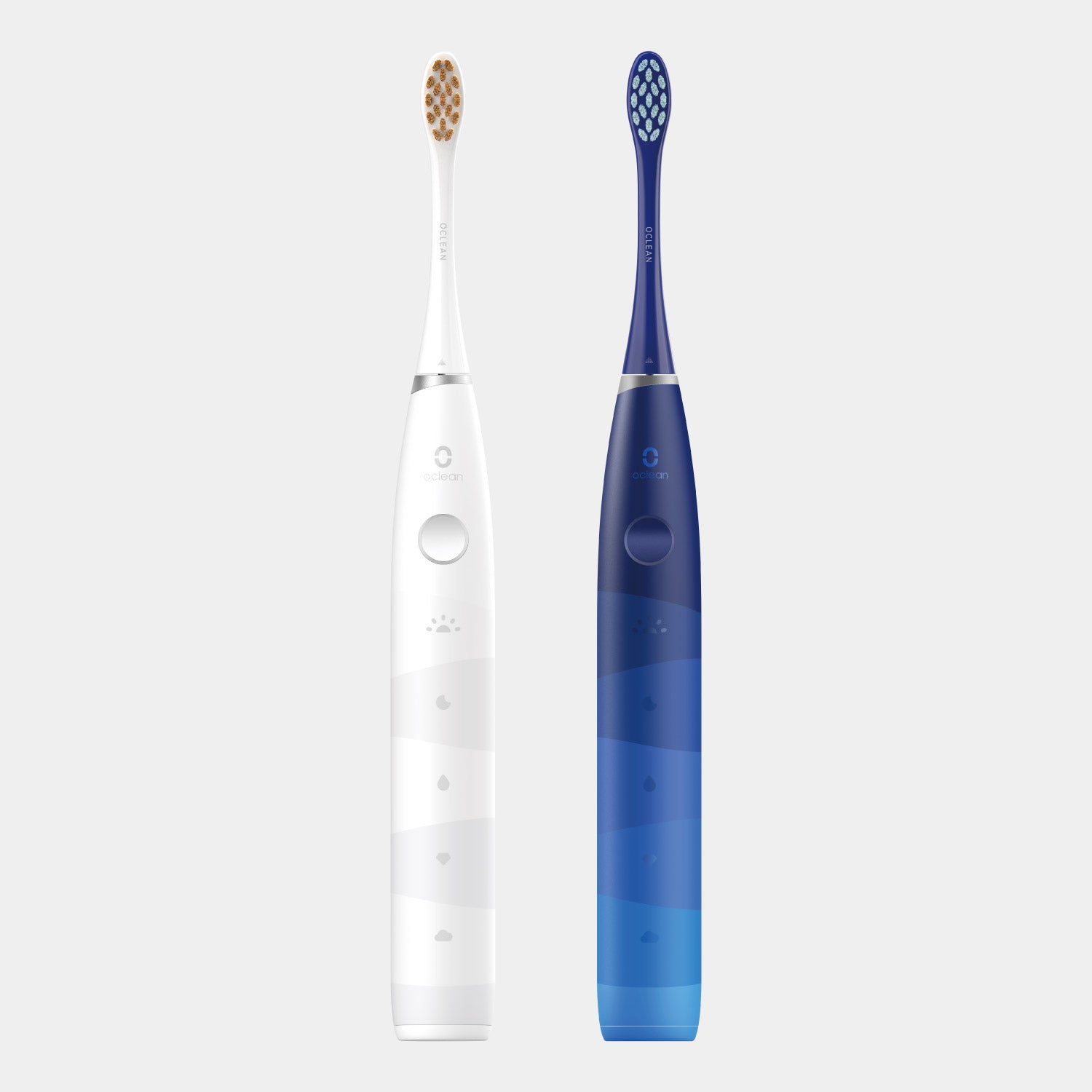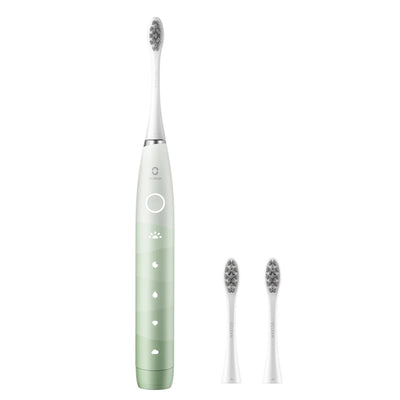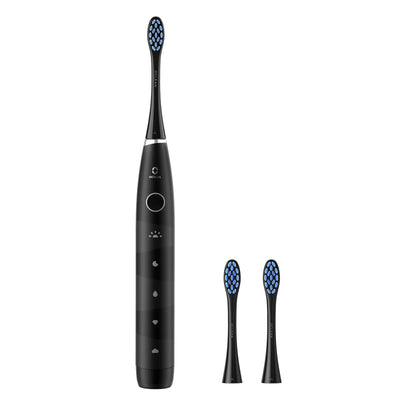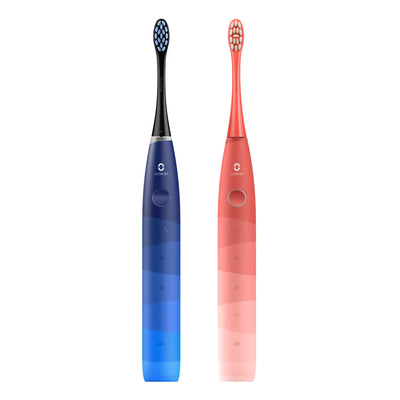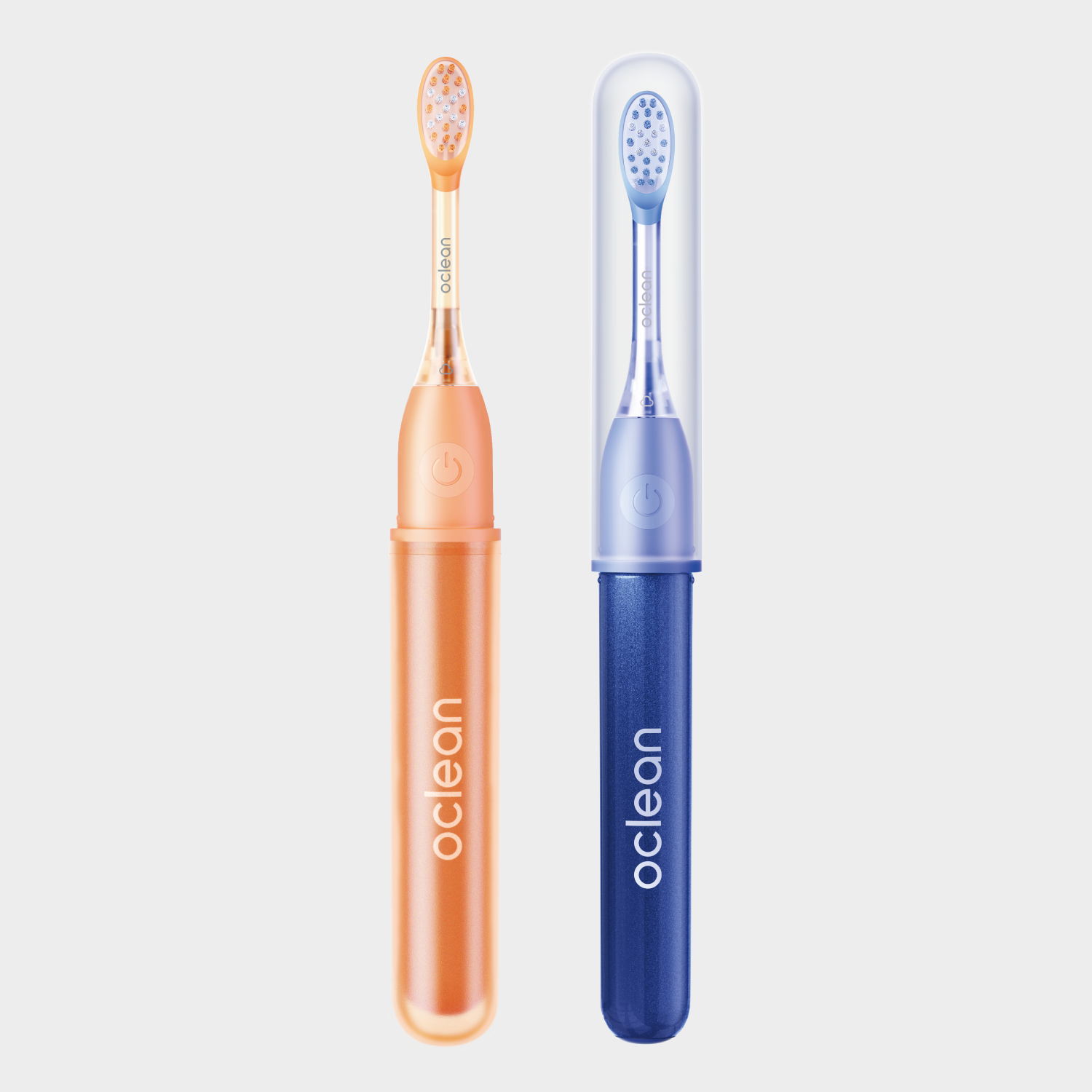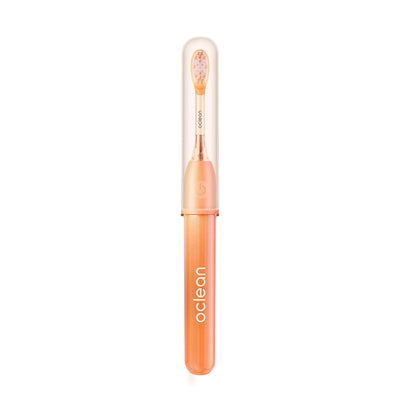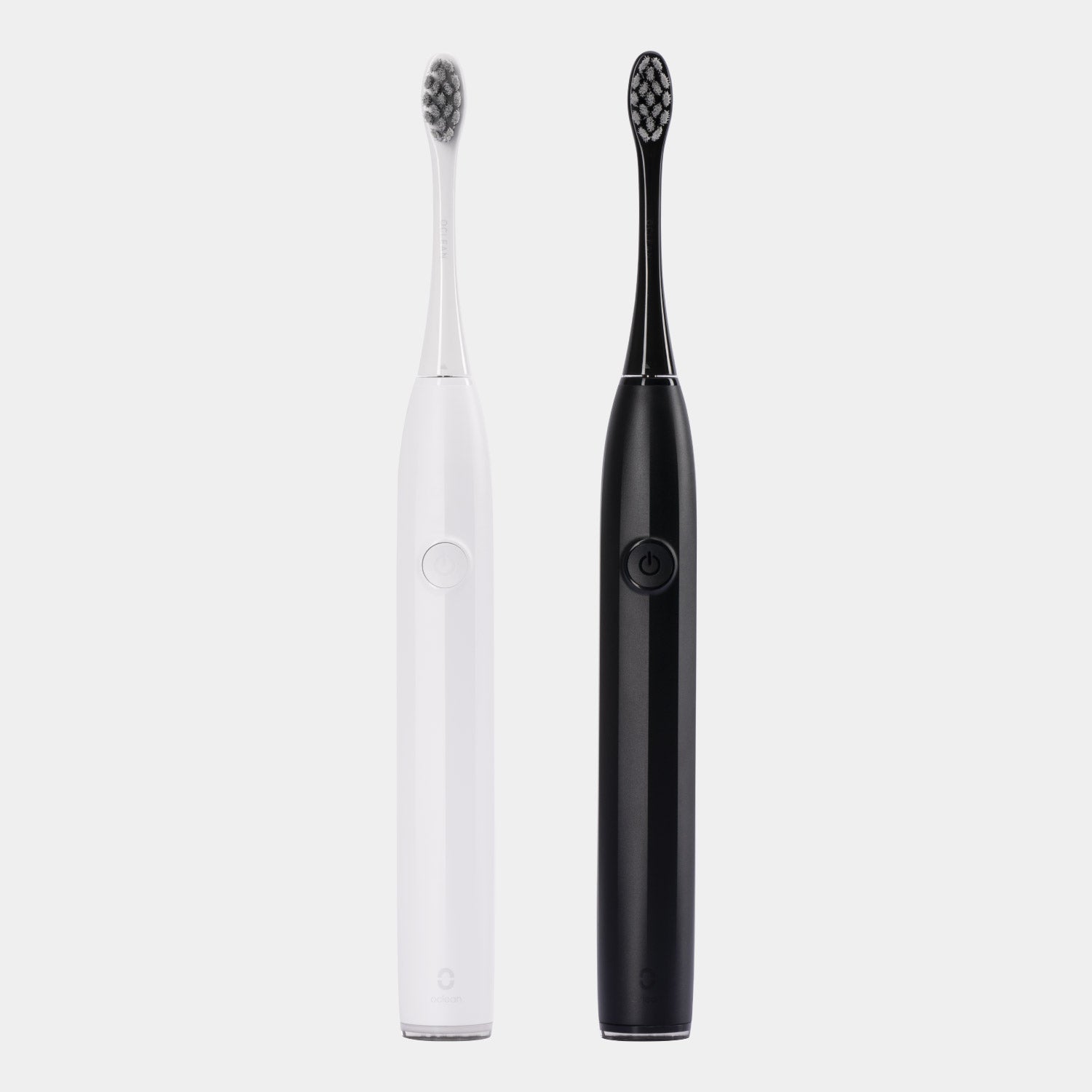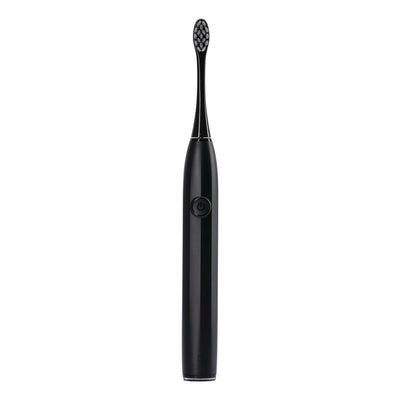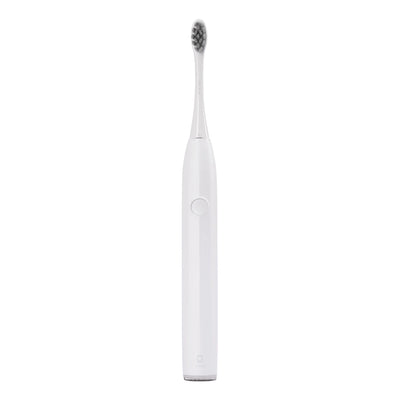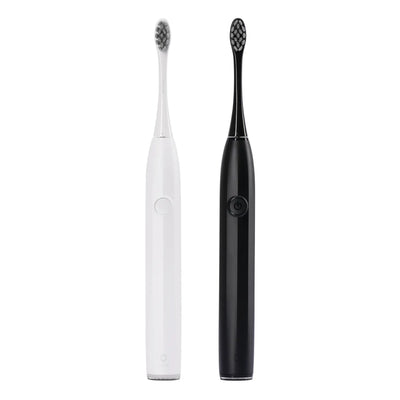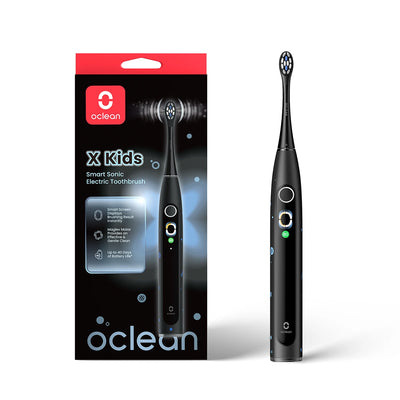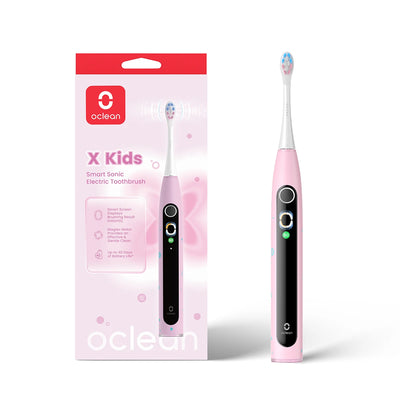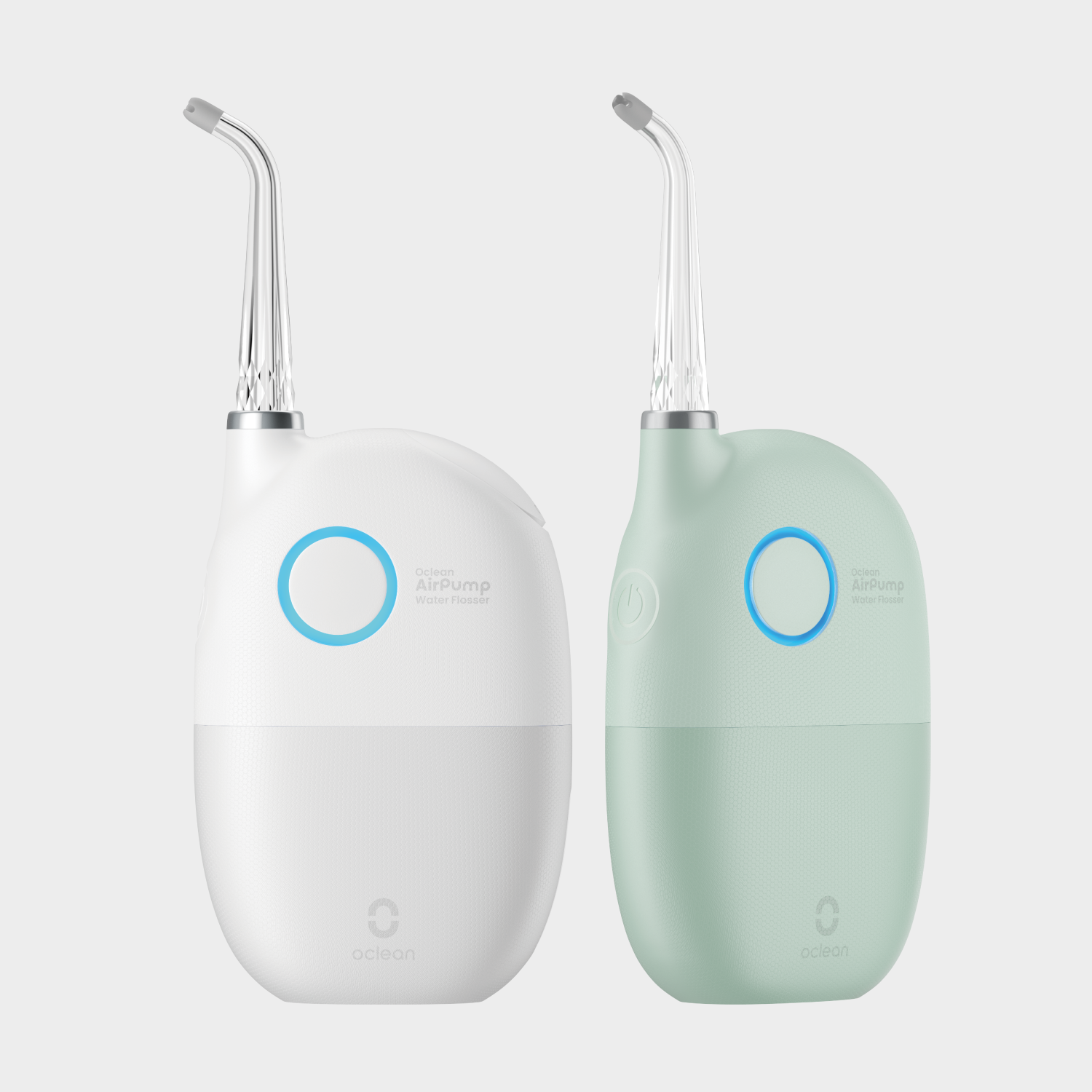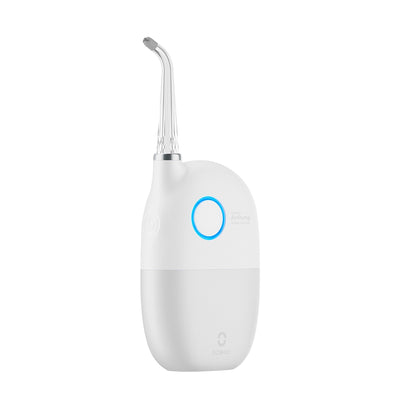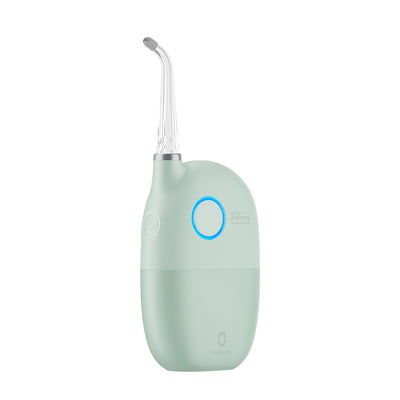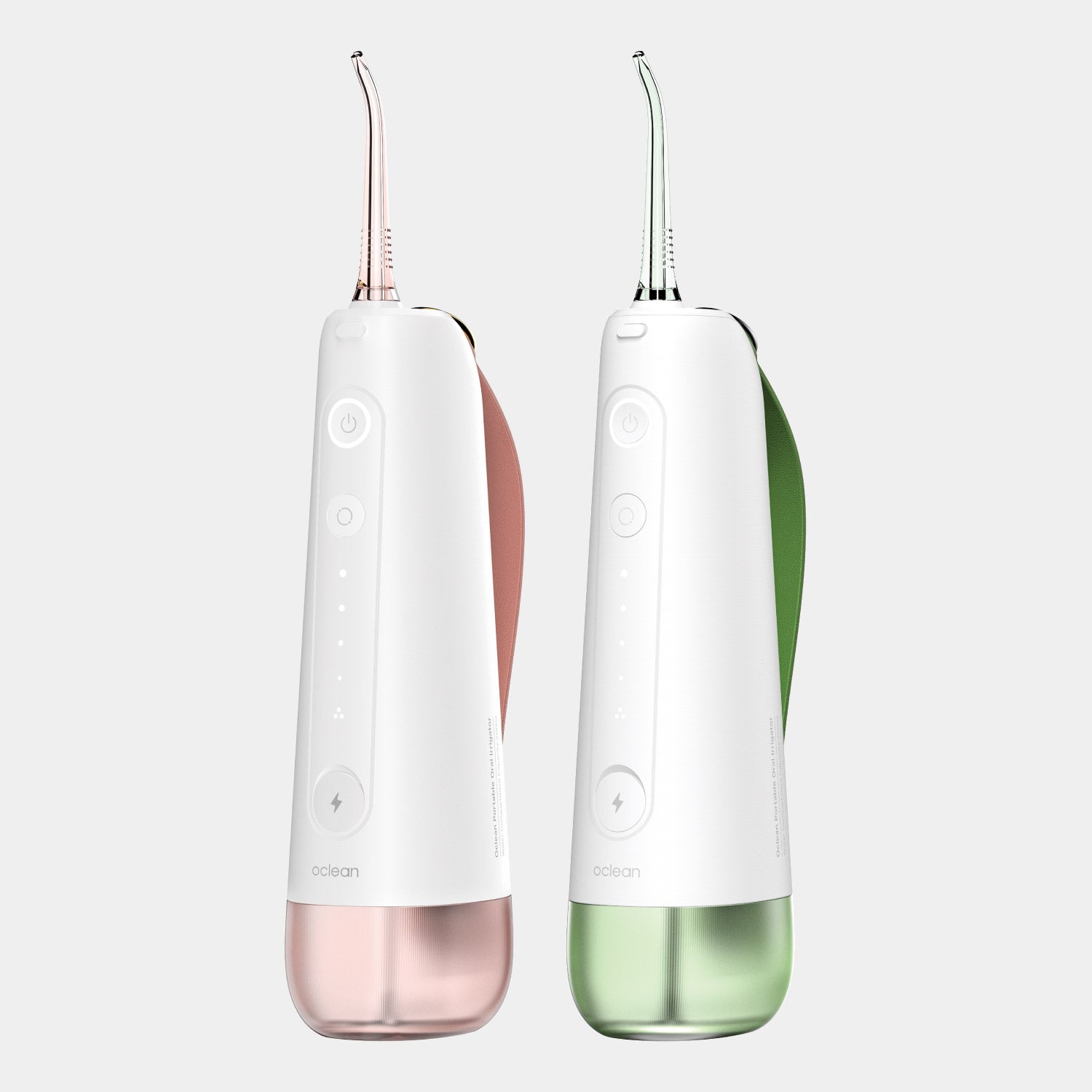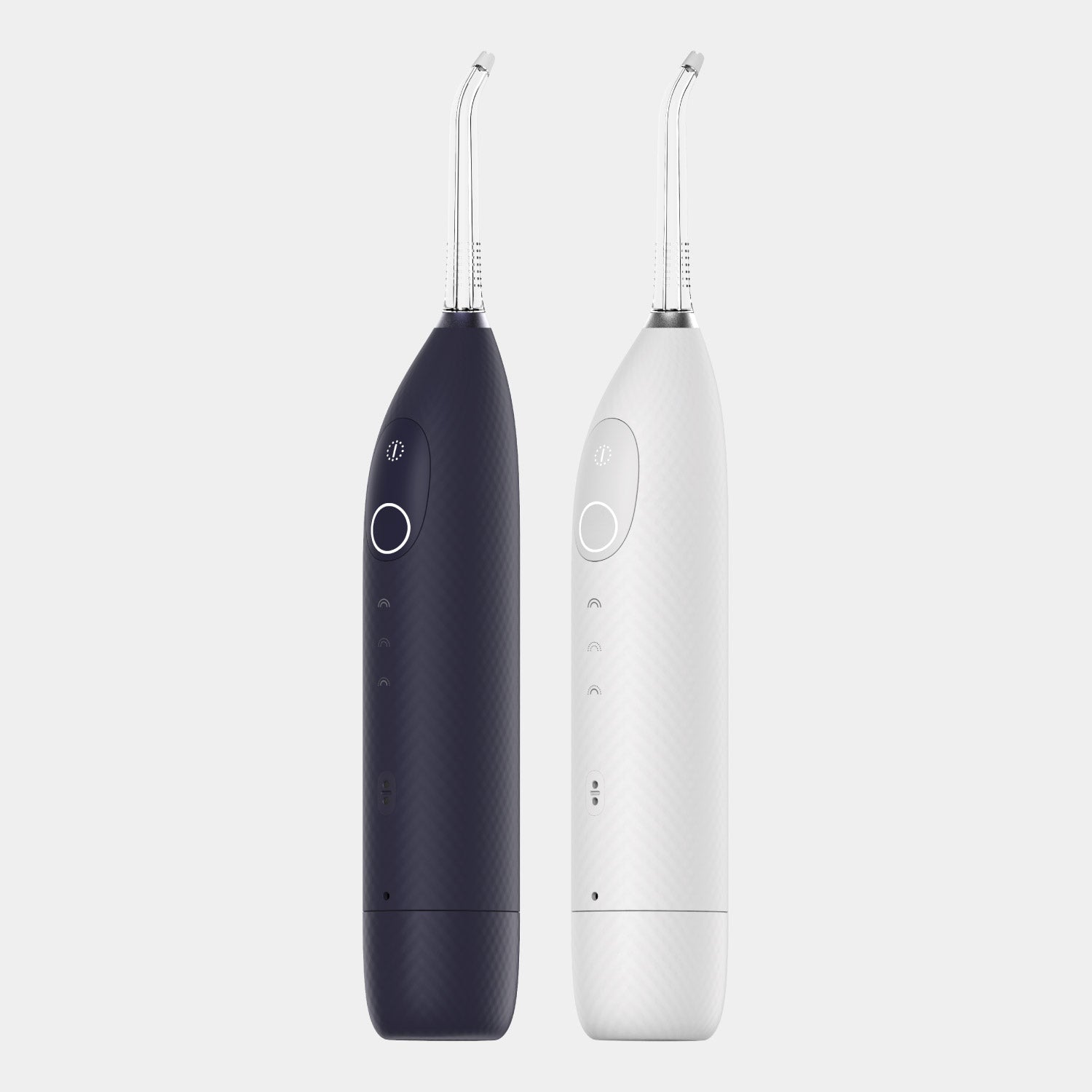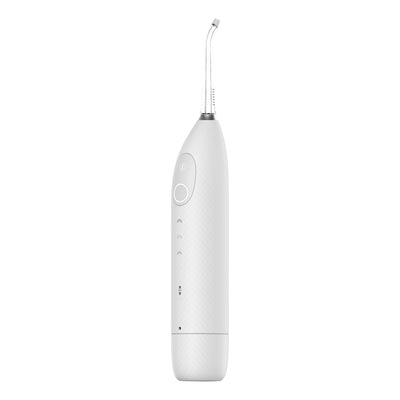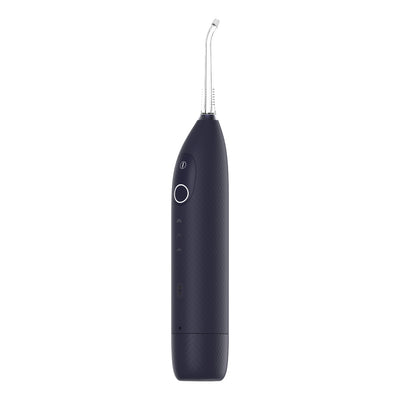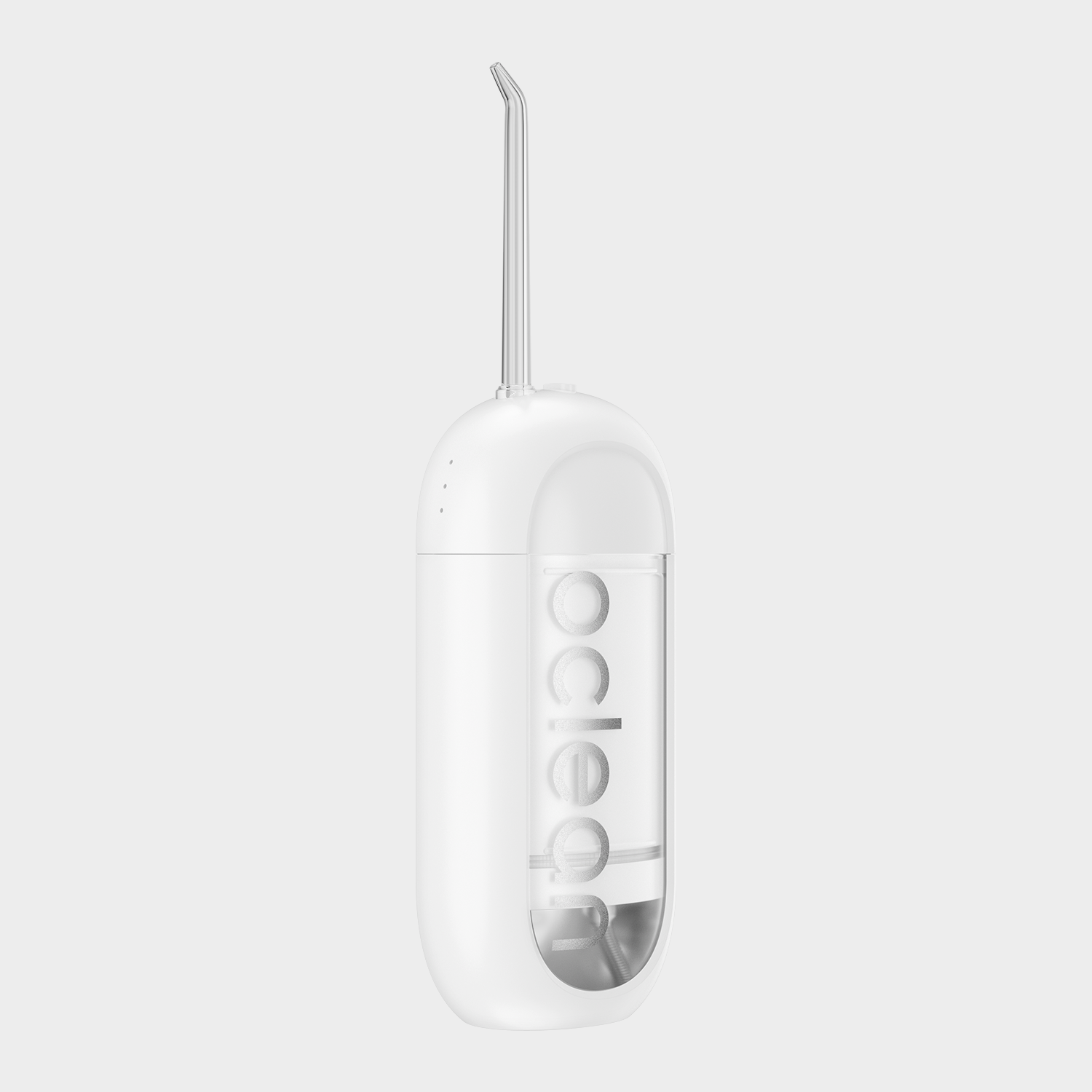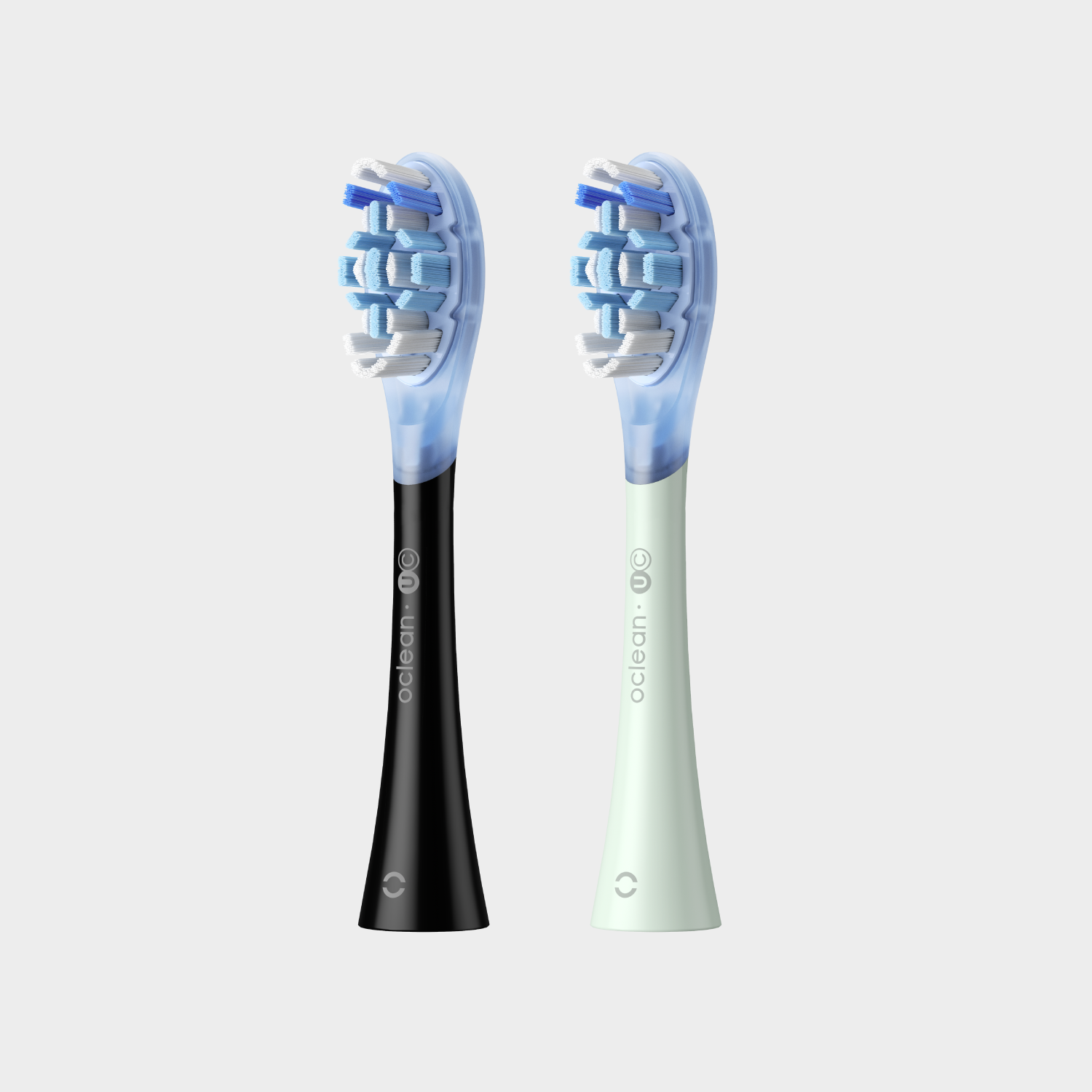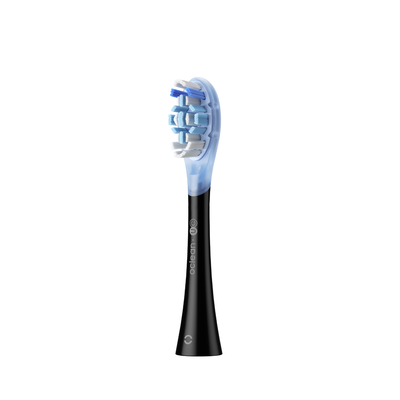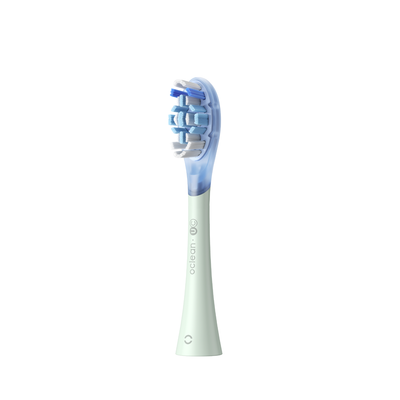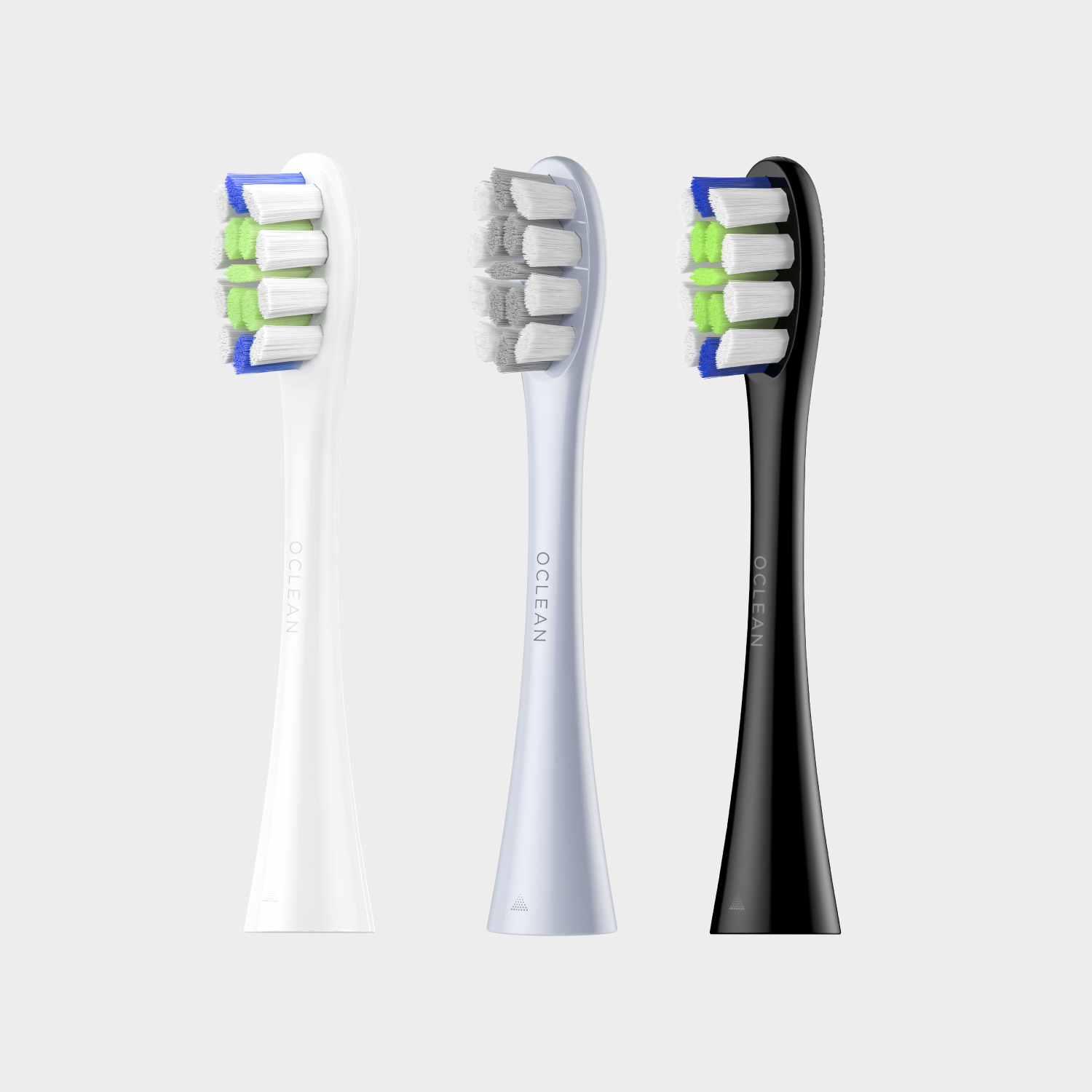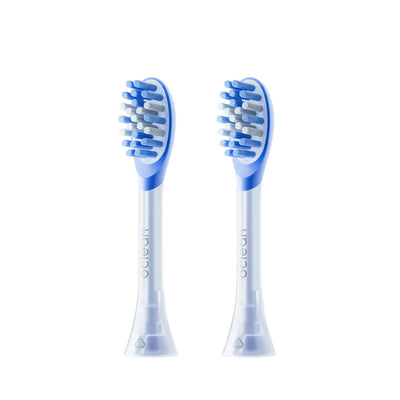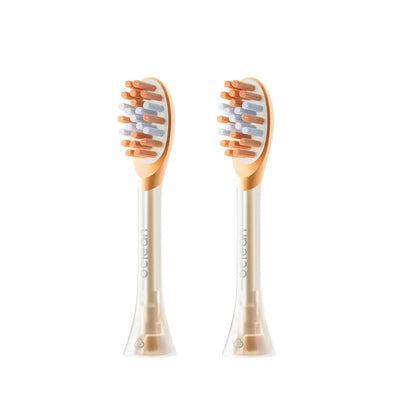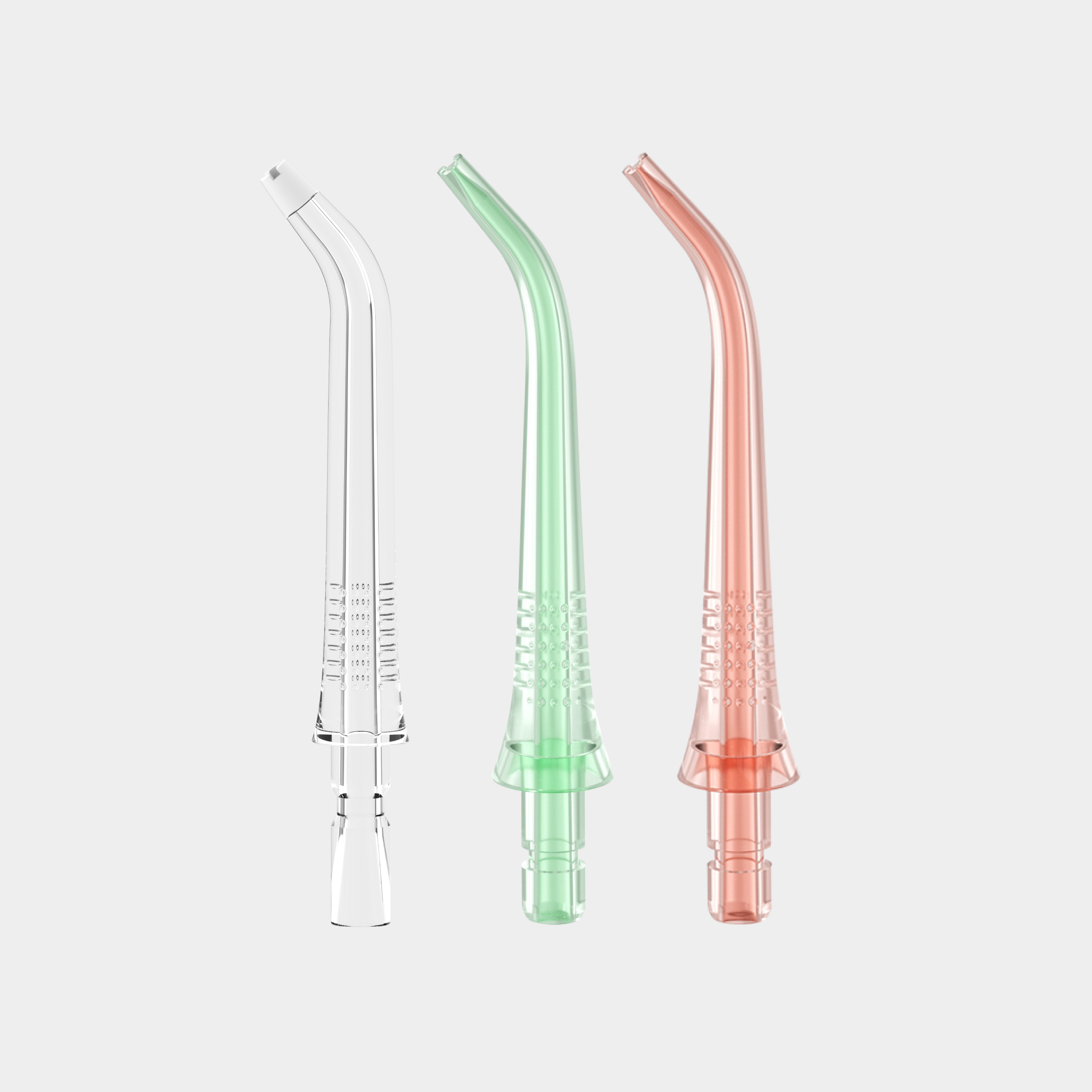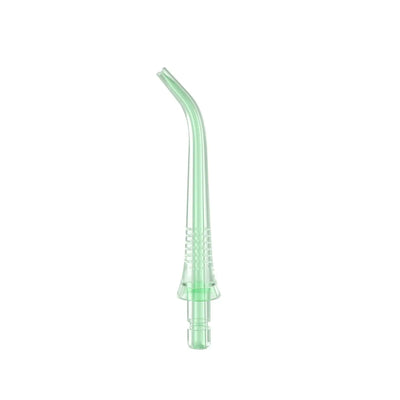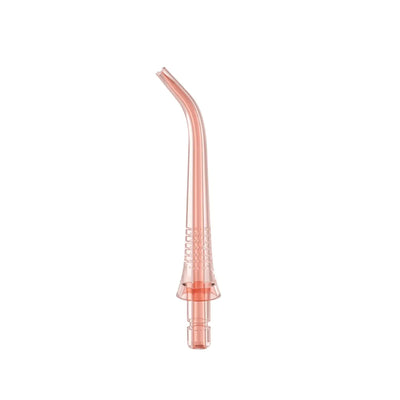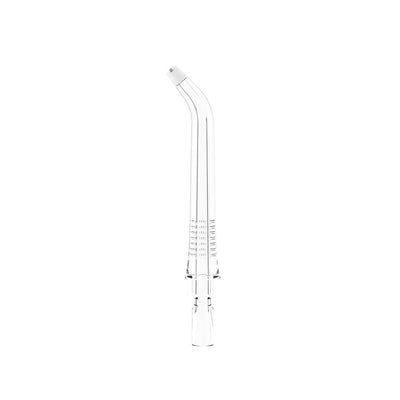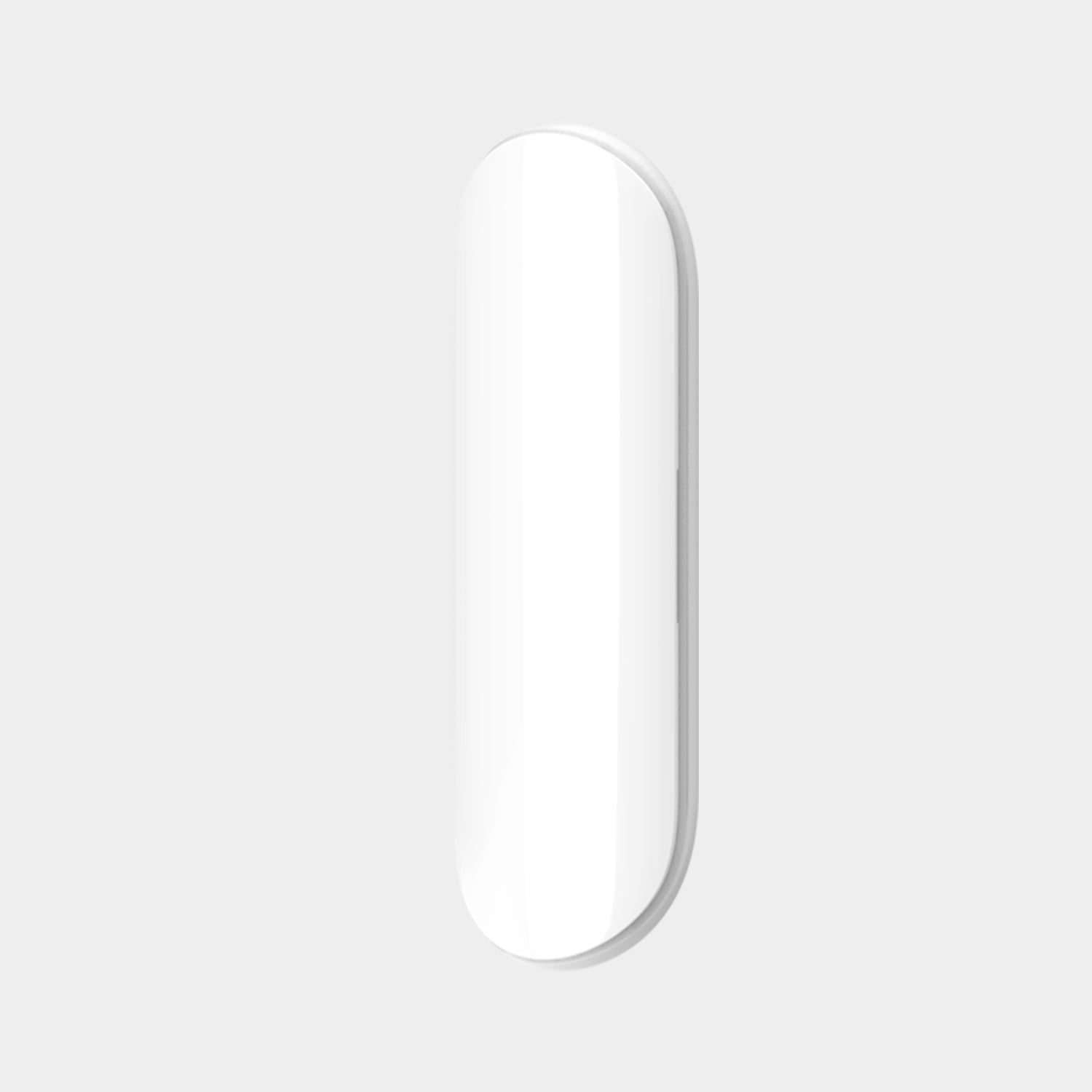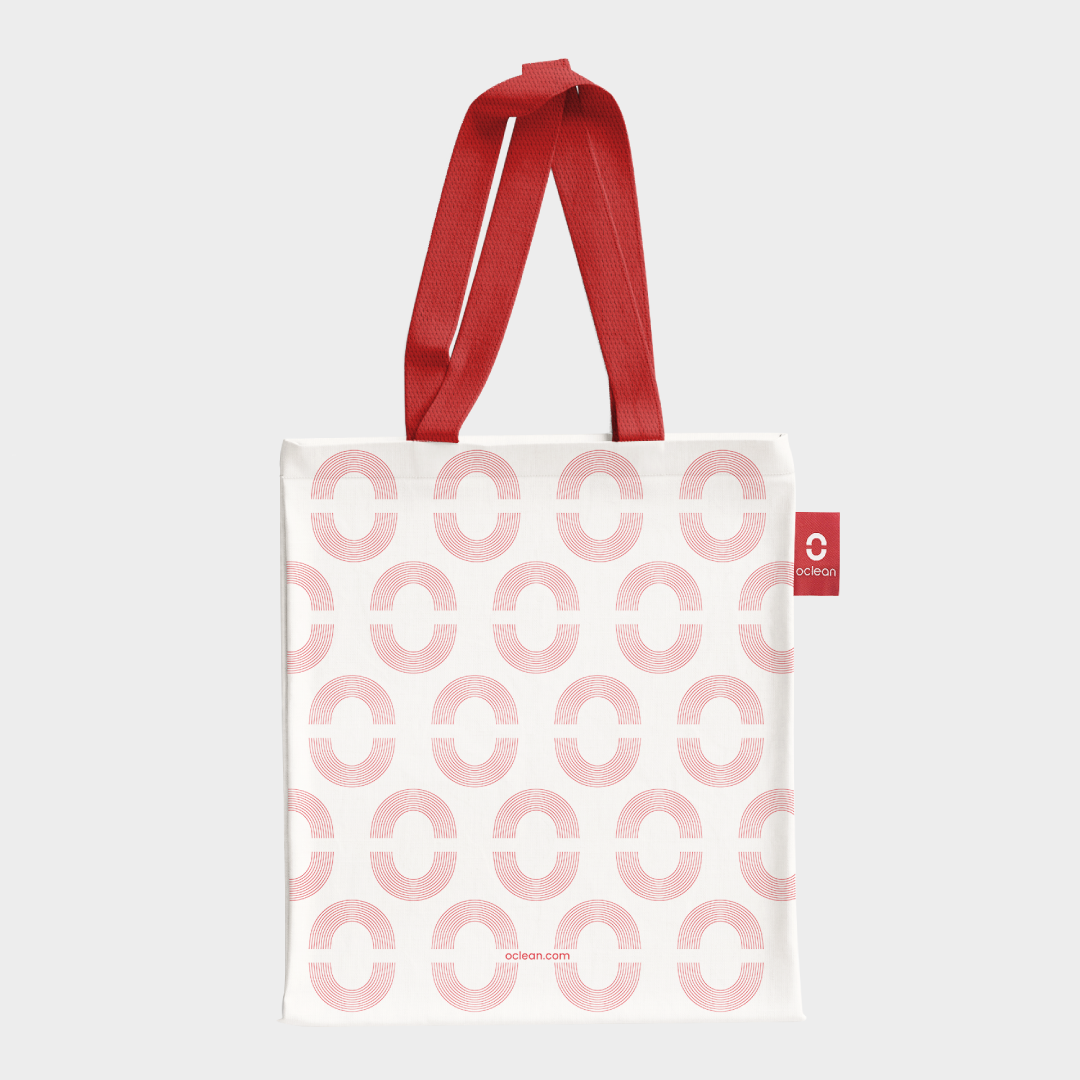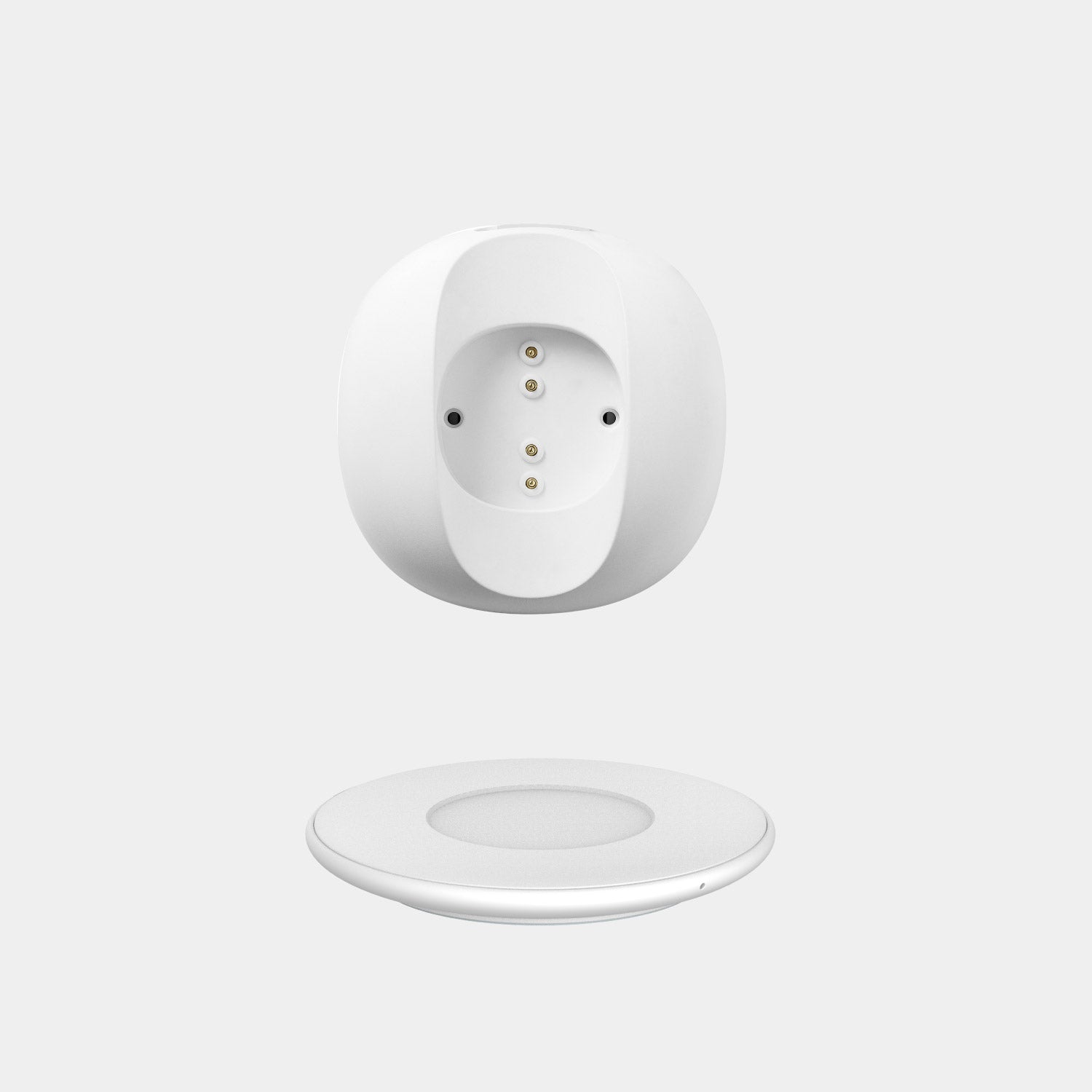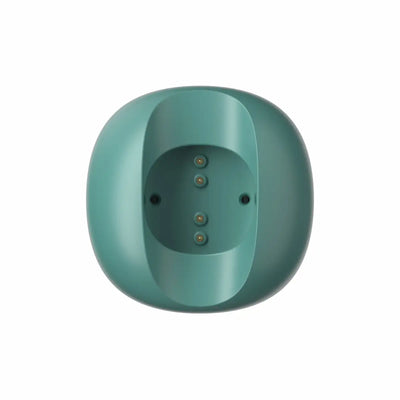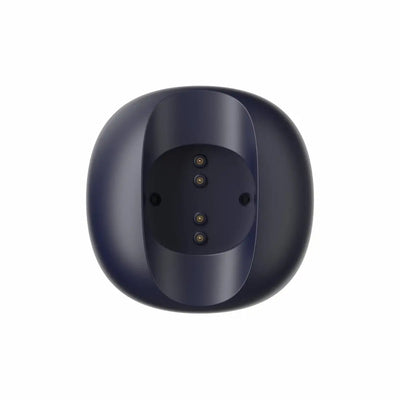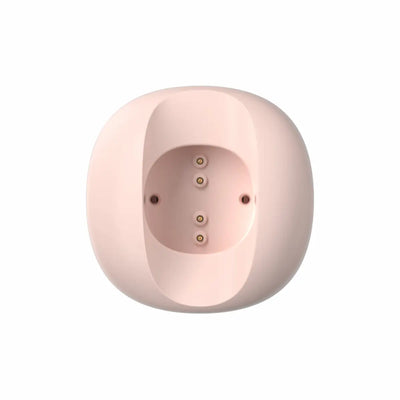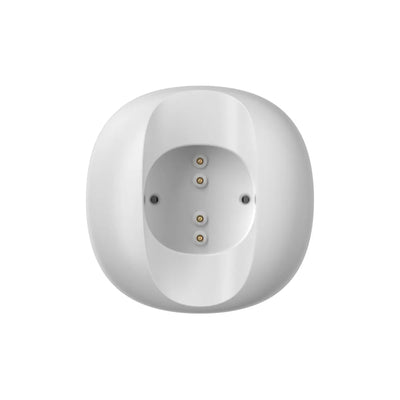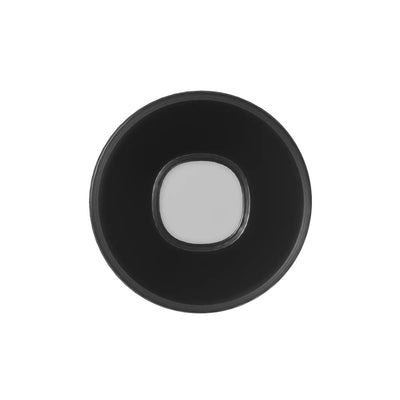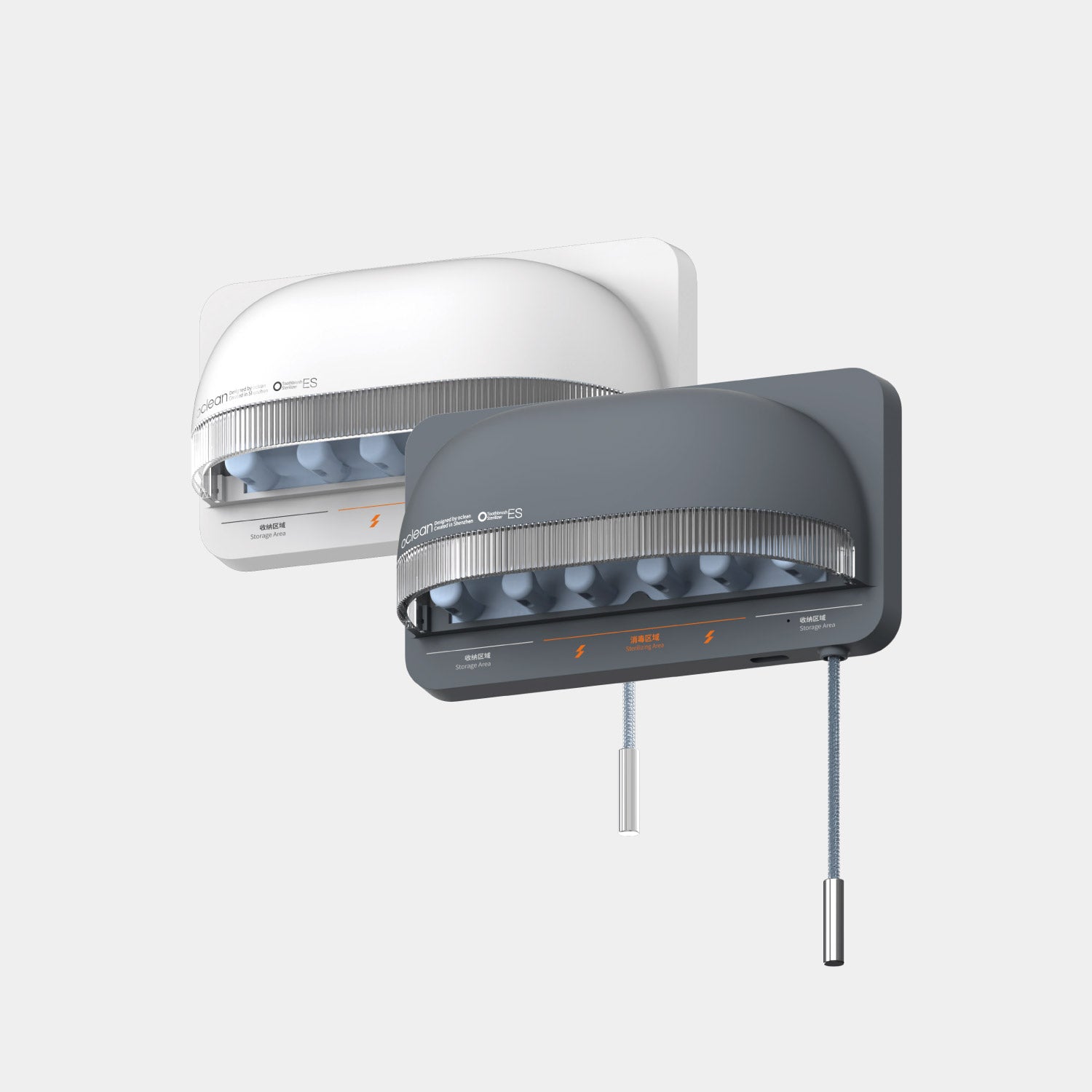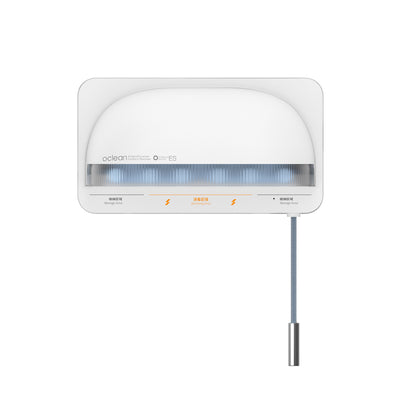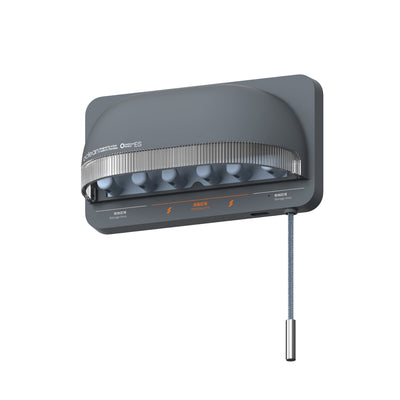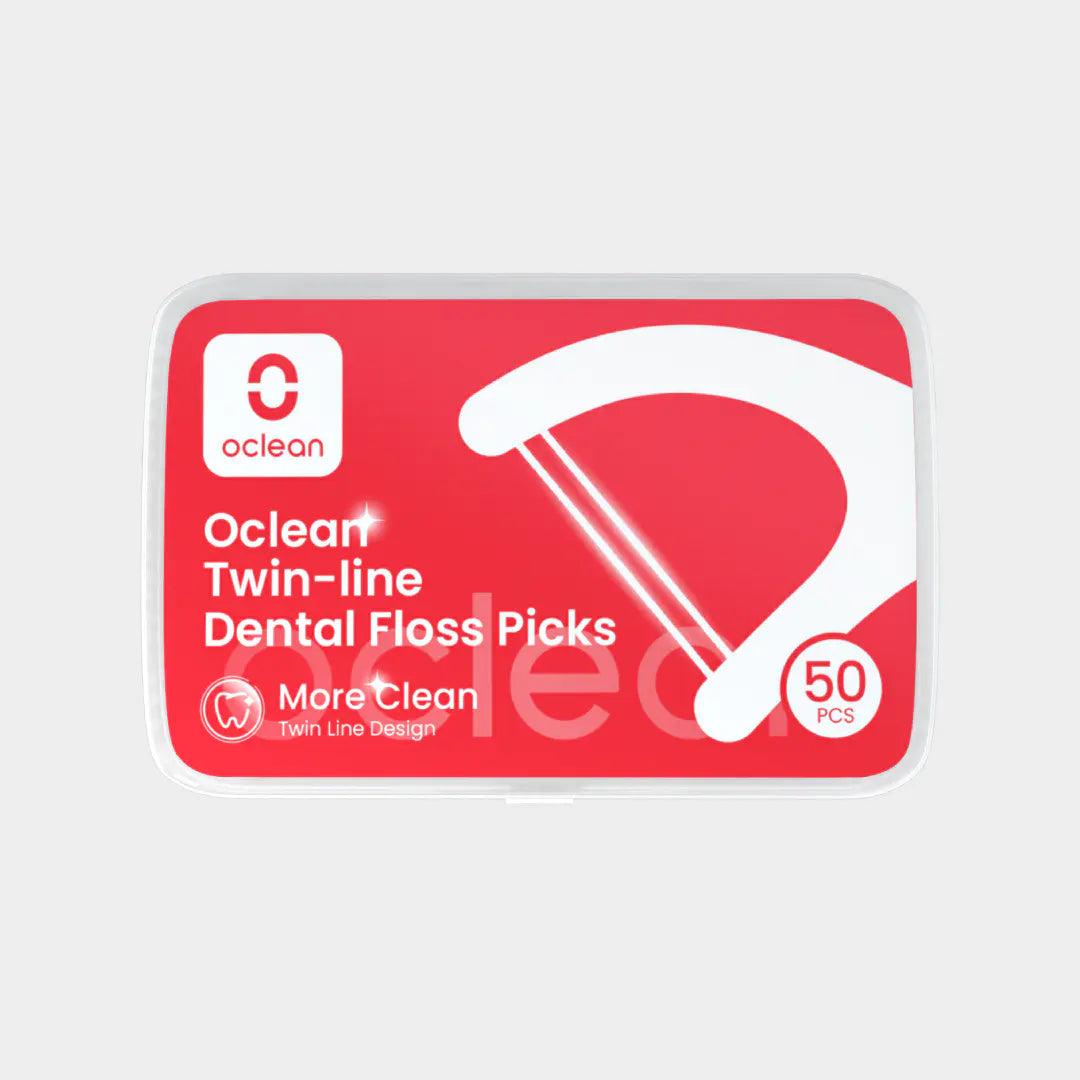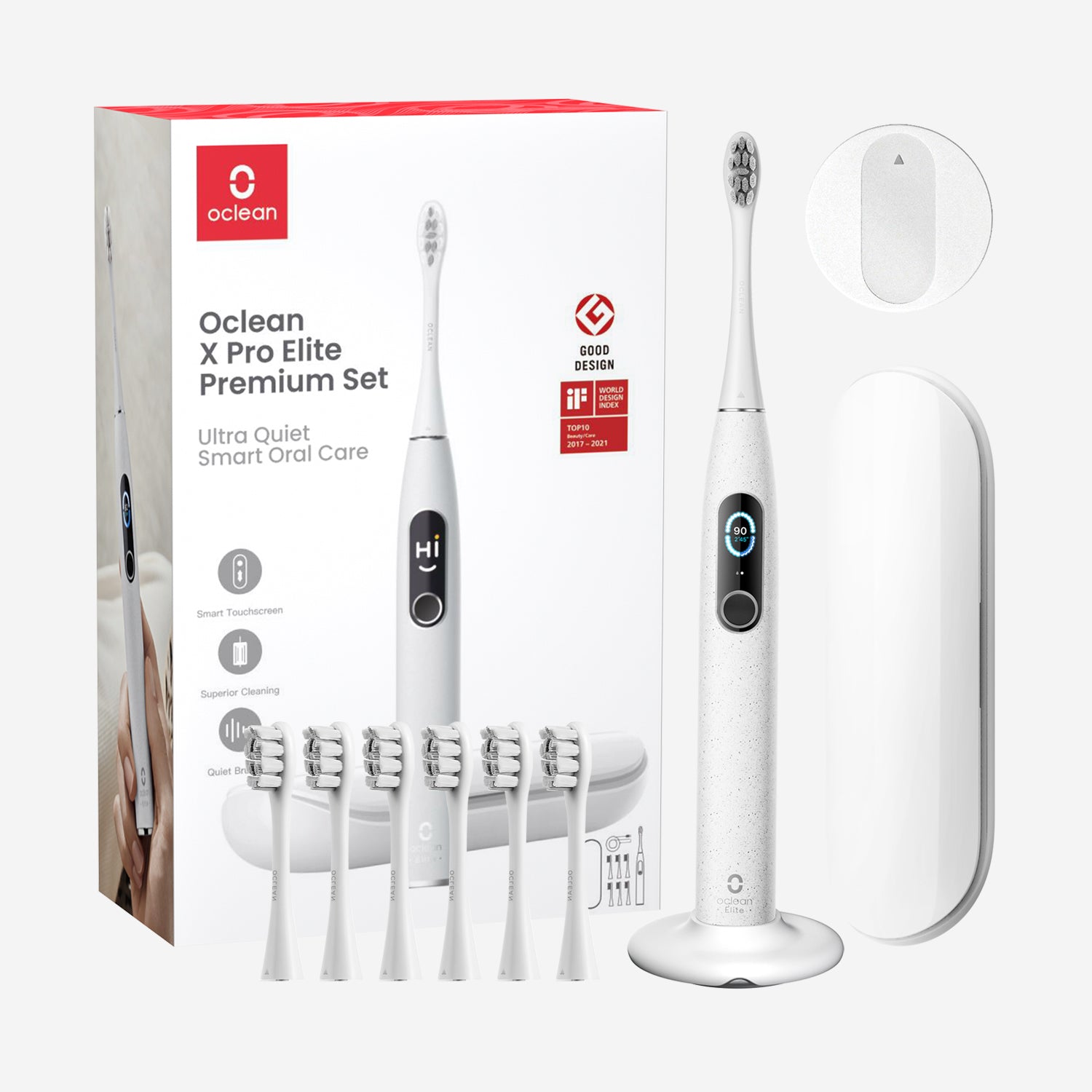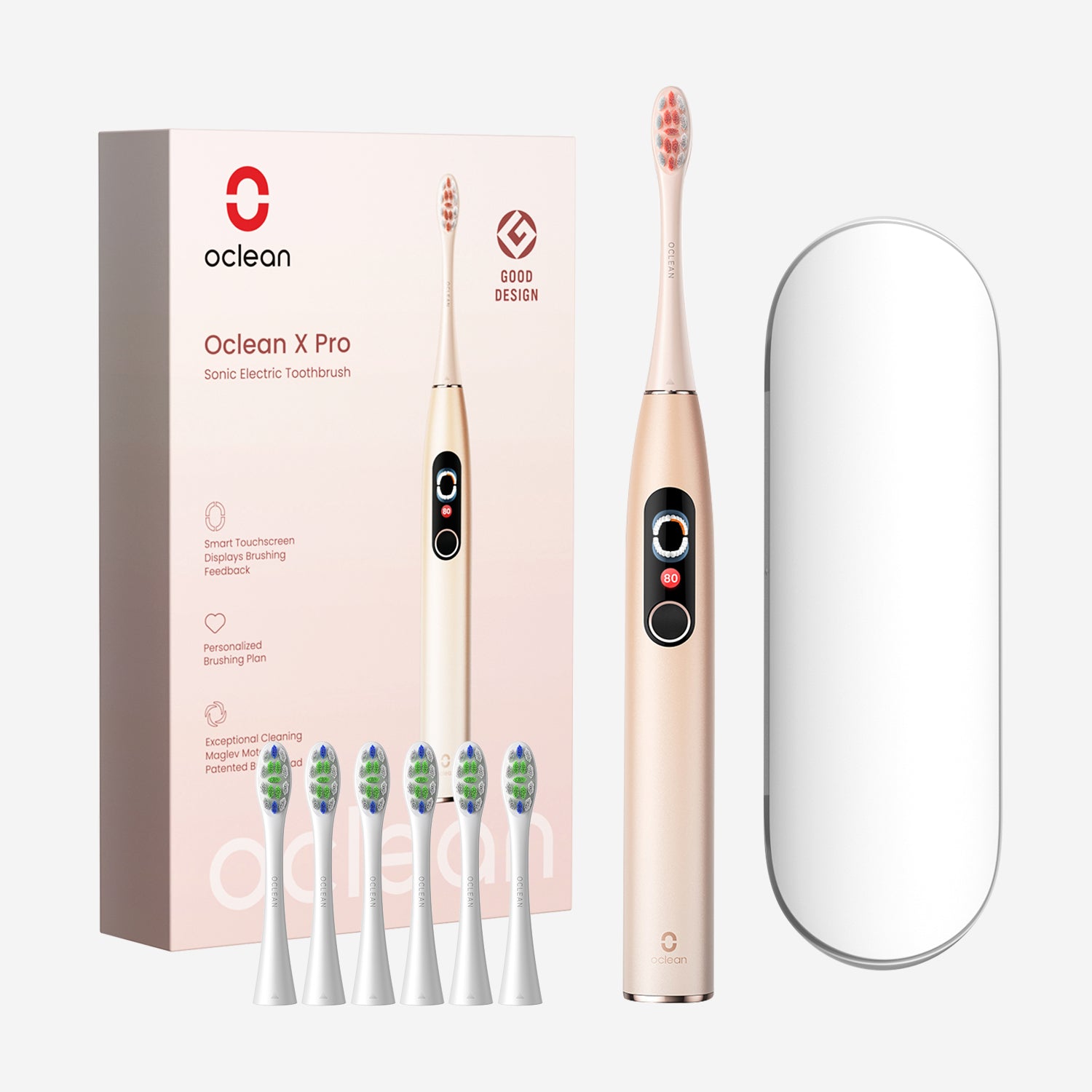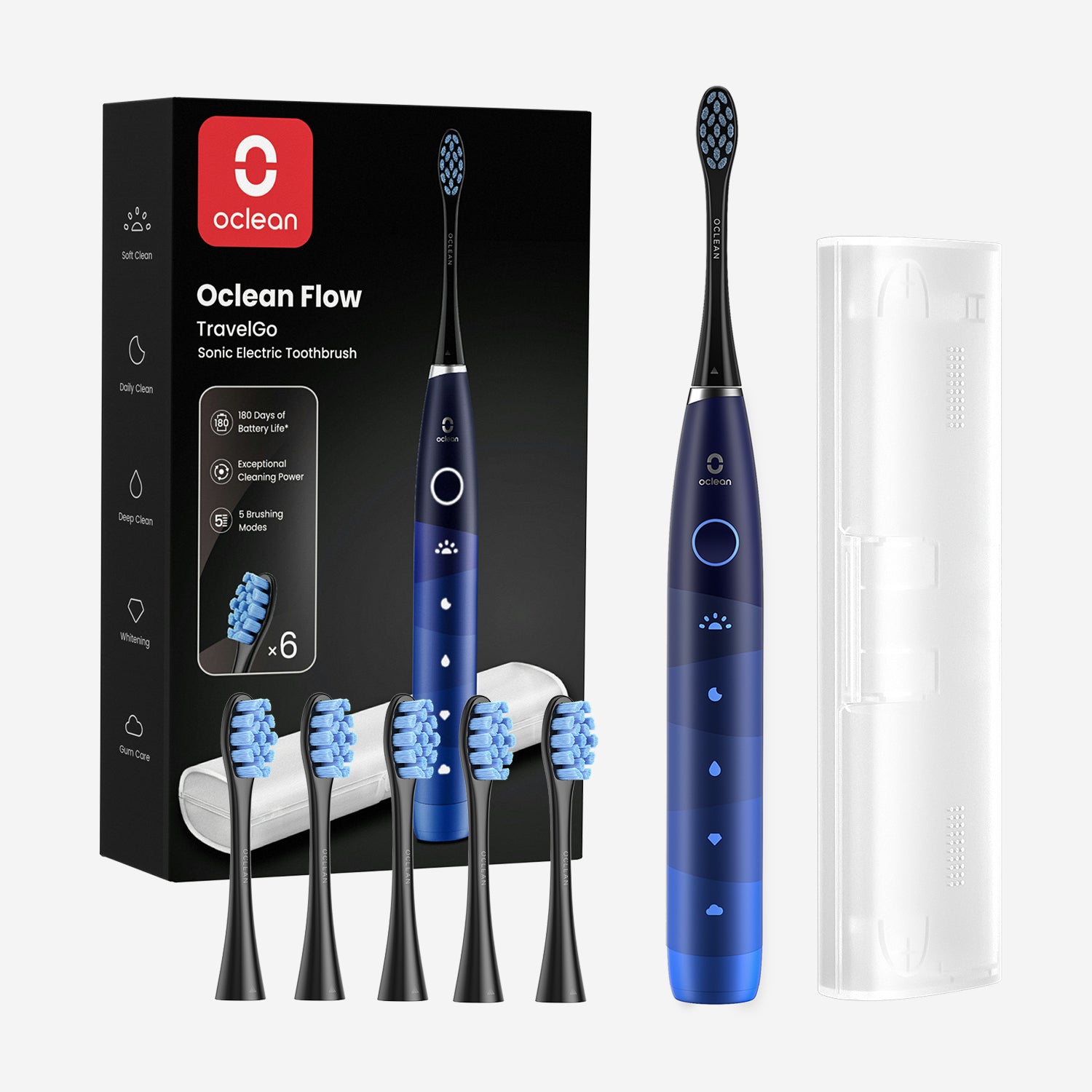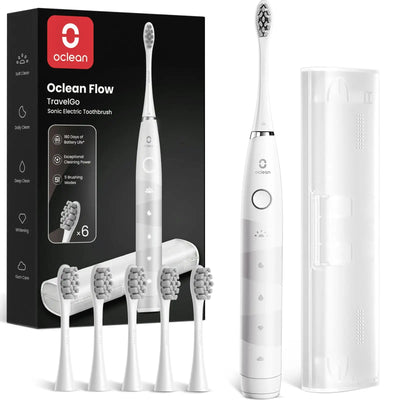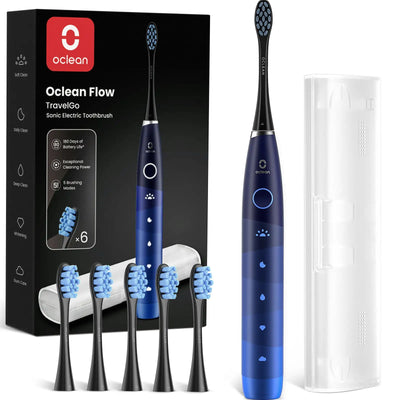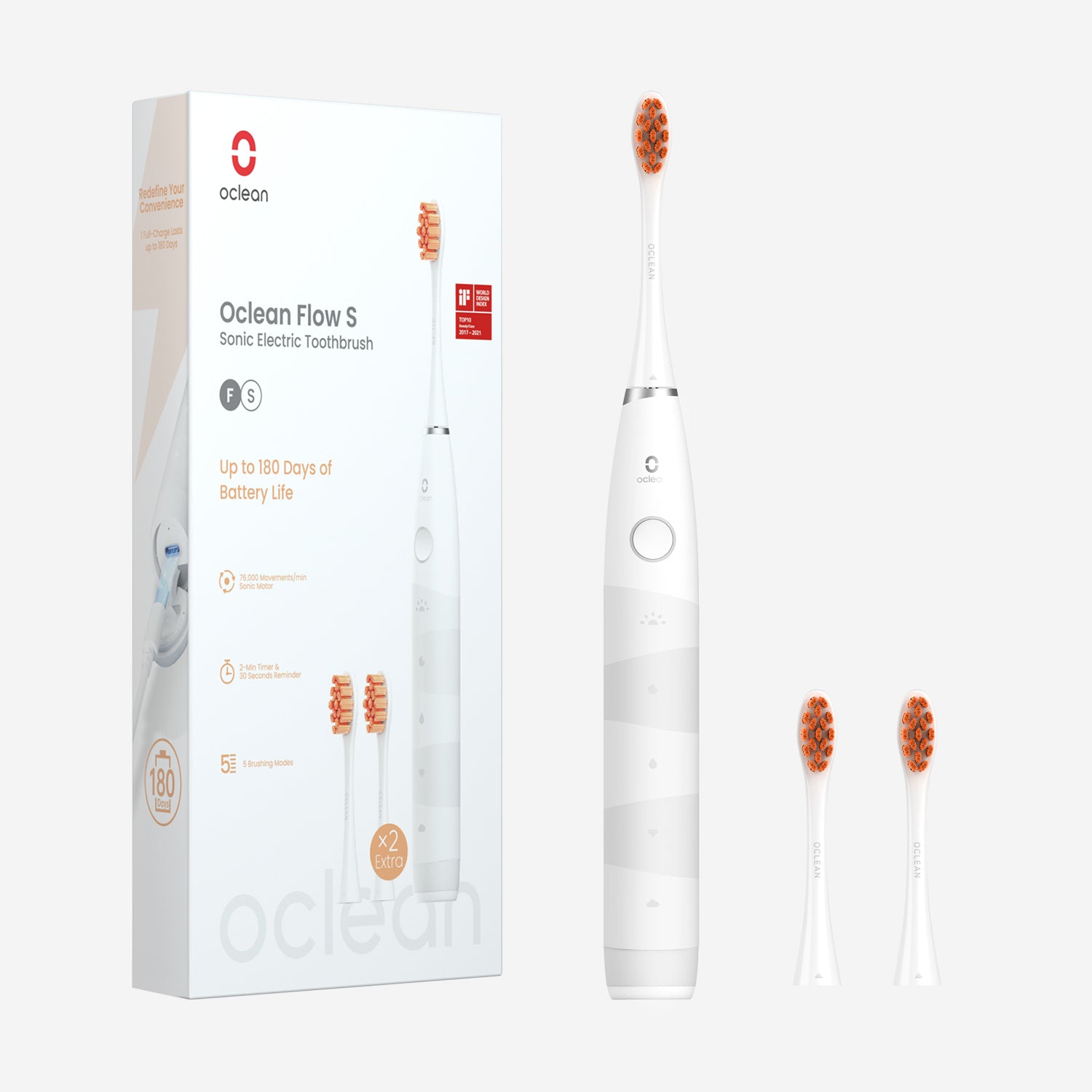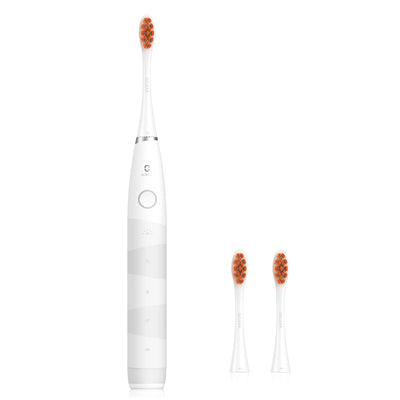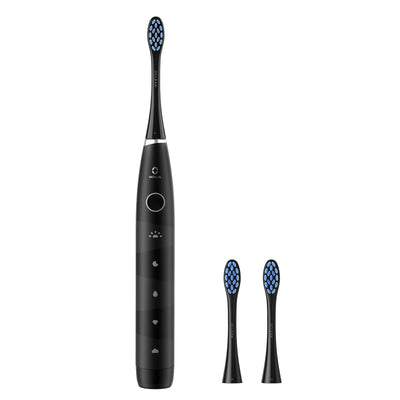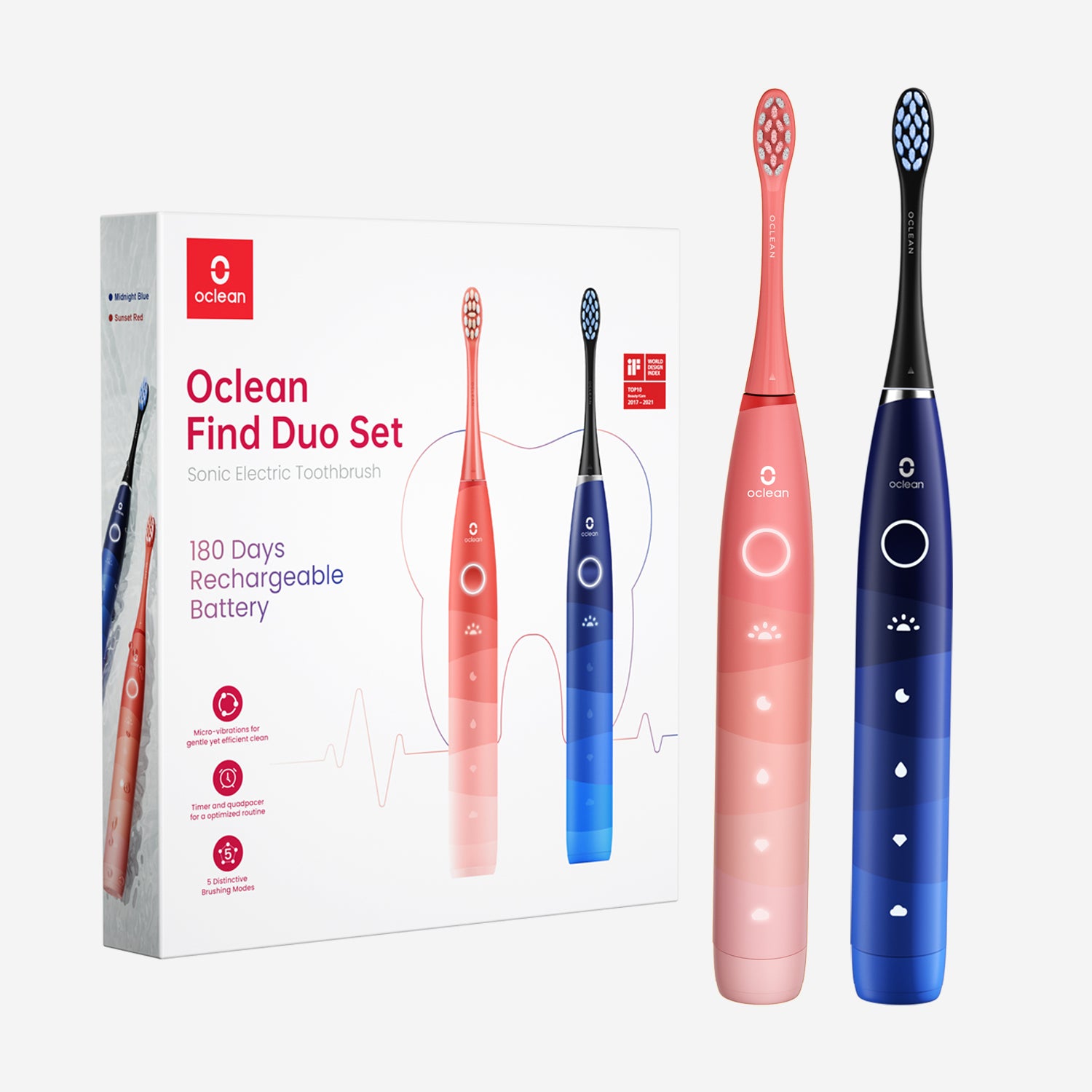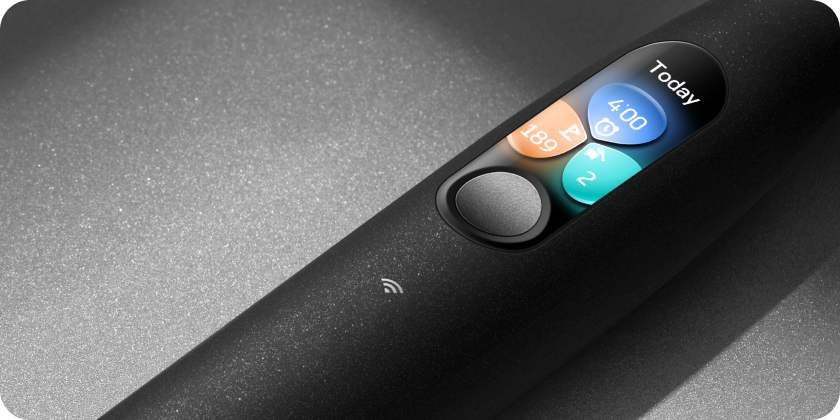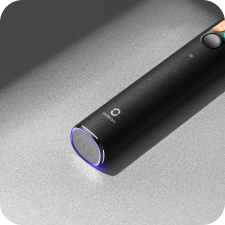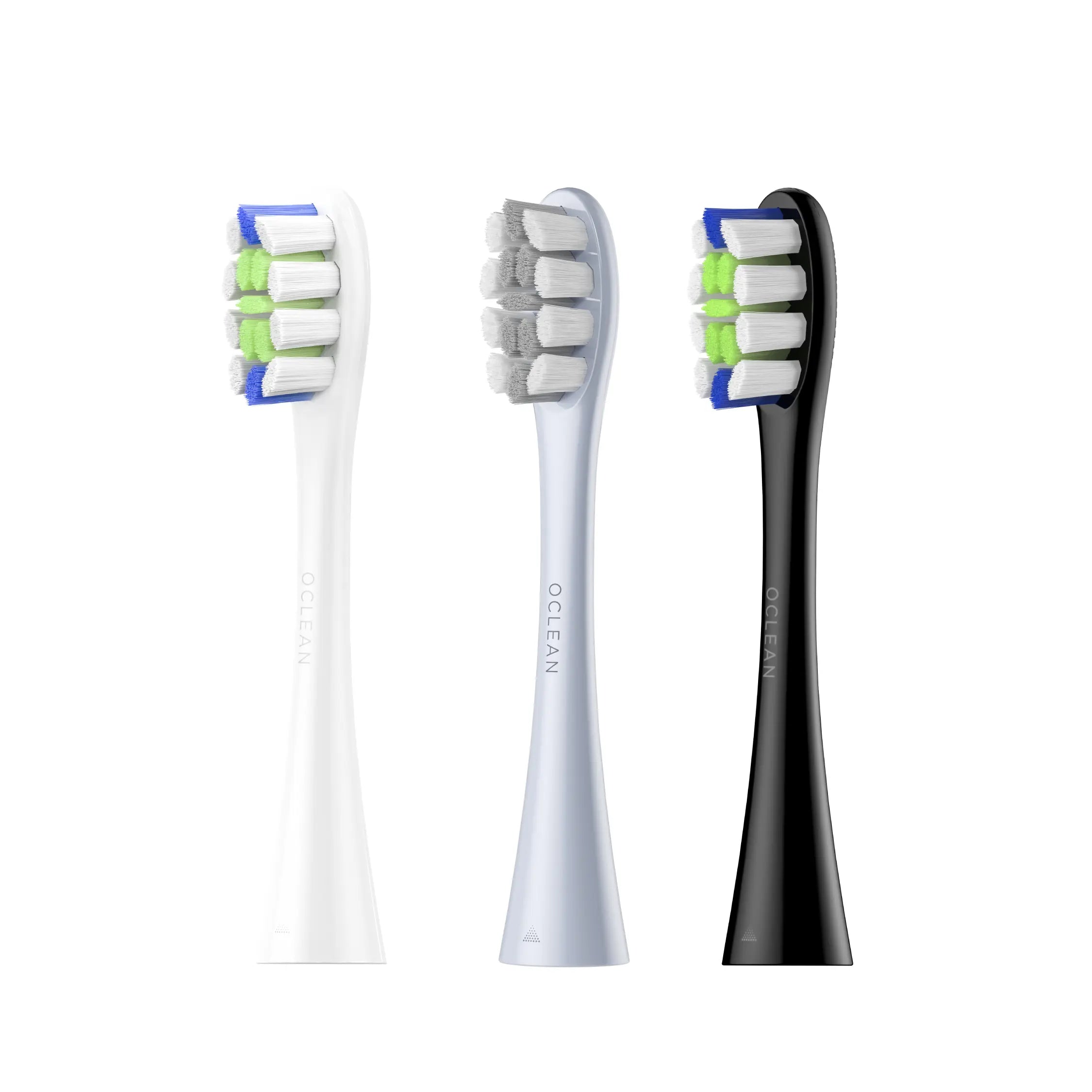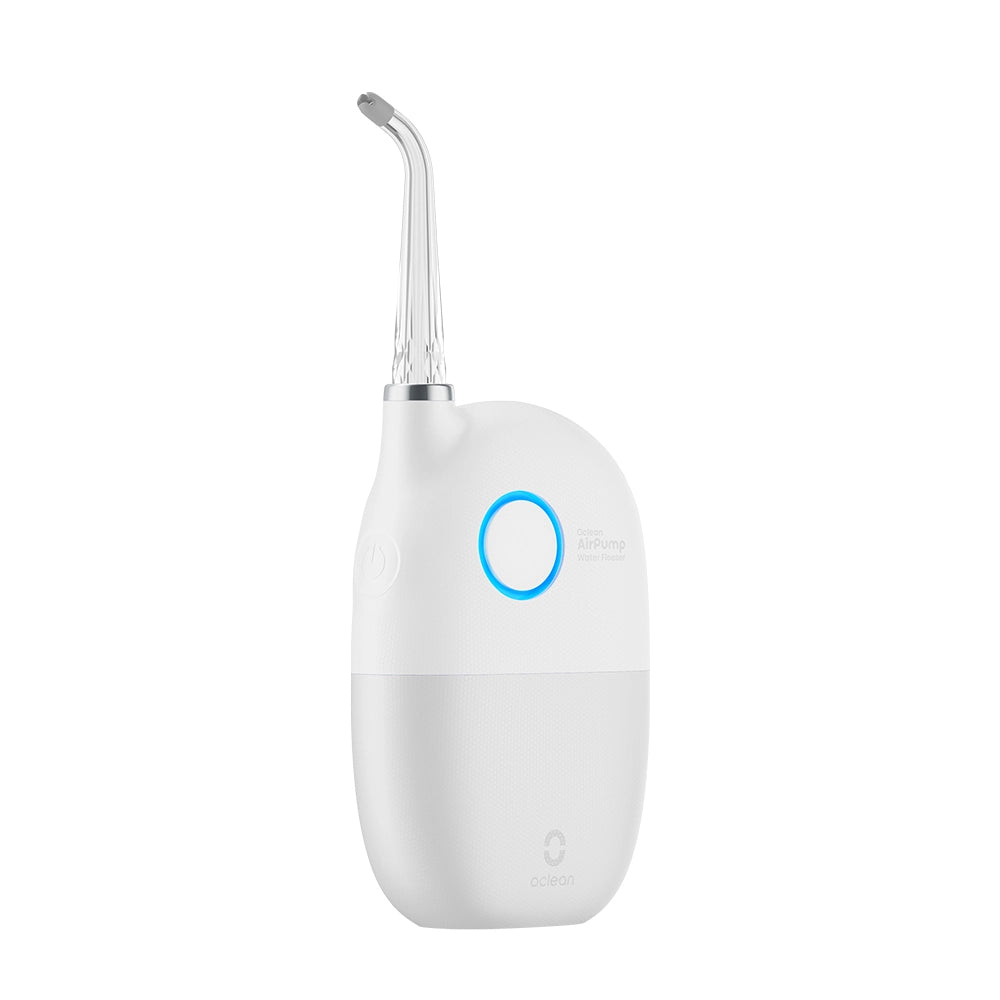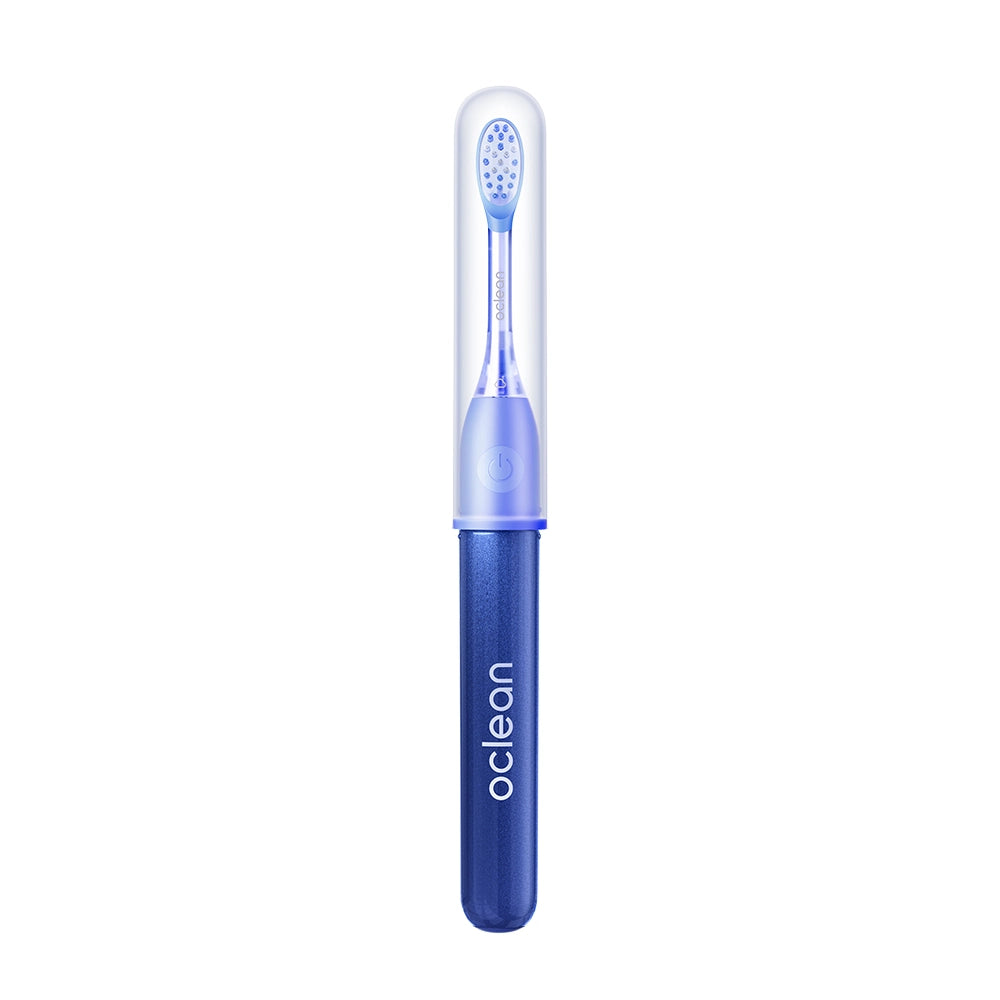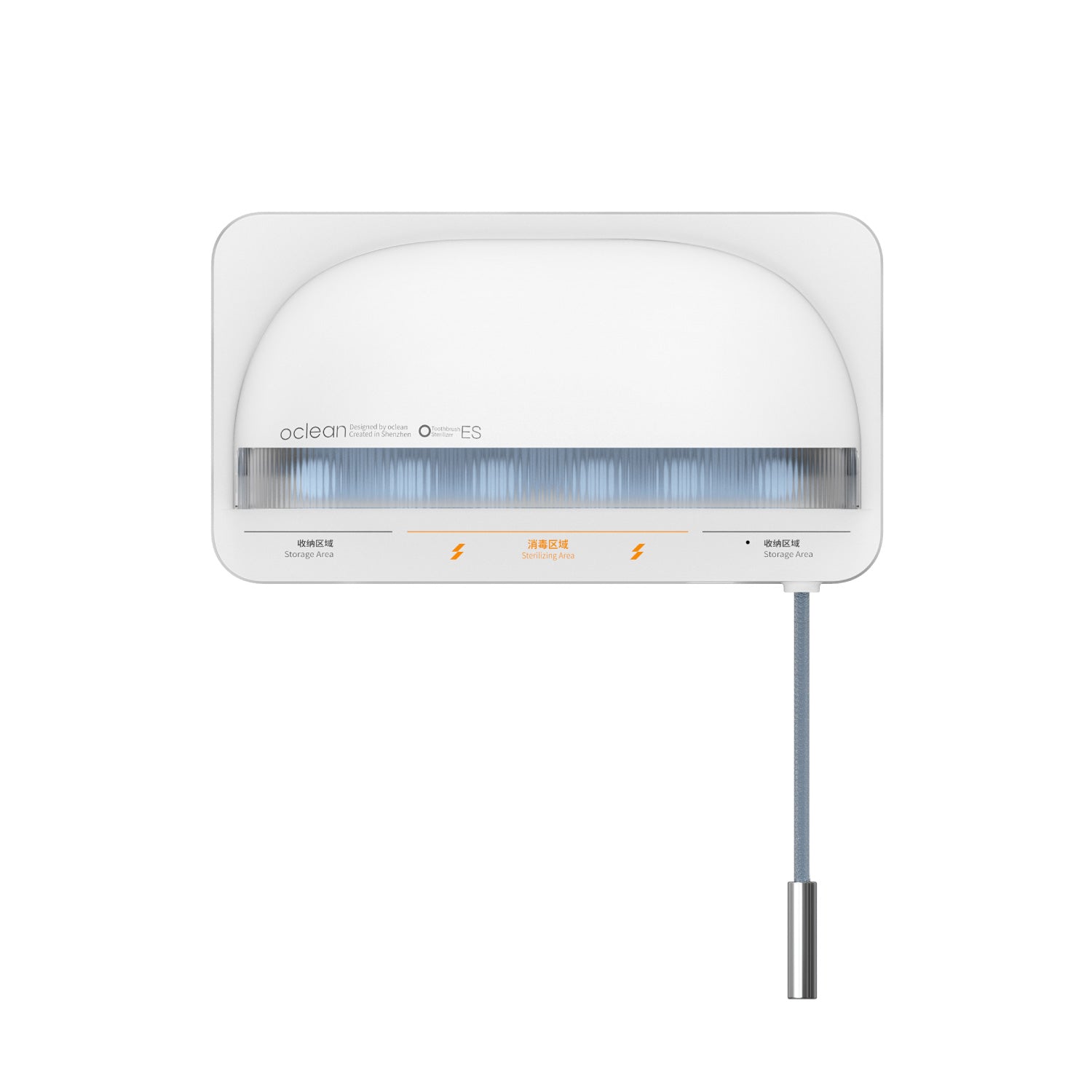Forgot your toothbrush? We’ve all been there – packing in a rush, only to realise too late that it’s missing. Or maybe you’ve just been eating something that’s given you bad breath. How do you brush your teeth without a toothbrush?
Brushing with a toothbrush is the gold standard for oral hygiene, especially a sonic electric one. Unfortunately, sometimes you have to make do without one. You might try scrubbing your teeth with your finger to remove any plaque or food particles.

Don’t! There are far better ways to clean your teeth when you’re caught without your brush. Here’s how to brush your teeth without a toothbrush.
Why Oral Hygiene Still Matters
You might be tempted to skip cleaning altogether. After all, is it really necessary to brush your teeth every single day?
Well, a single day won’t immediately cause caries and decay. But if you skip brushing your teeth for any period of time, it can have some negative effects. These include:
· Bad Breath. In the short term, not cleaning your teeth causes bad breath. The plaque, bacteria, and food debris in your mouth will start to smell pretty quickly. The last thing most people want is a bad case of halitosis.
· Bacteria and Plaque. Tooth decay doesn’t happen overnight—it builds up day by day. Even a few days of no cleaning will worsen your dental decay, potentially leading to problems further down the line.
· Worsening Existing Dental Issues. Say you’ve got a bit of decay that’s almost penetrating the tooth pulp. A few days of minimal cleaning alongside a poor diet can cause significant problems. You may find yourself dealing with excruciating pain hundreds (or even thousands) of miles from your local dentist.
How to Brush Your Teeth Without a Toothbrush
People survived for thousands of years without the modern toothbrush. While the solutions they pioneered aren’t as good as the latest sonic toothbrushes, they can be effective for a few days.
Try these options if you’re without a toothbrush:
Use a Cloth or Paper Towel
First off: you’re going to need something to wipe your teeth. Toothbrushes are optimised to get between your teeth, providing enough friction to clean away the plaque, bacteria, and food debris.
The next best thing? Try a cloth or a paper towel. You can still put a dab of toothpaste or baking soda (see below) and use it to clean your teeth.
Follow these steps:
1. Wrap the cloth or paper towel around your finger.
2. Dip the cloth or paper towel in clean water or salt water. Apply toothpaste if available.
3. Rub in circular motions along teeth and gums.
4. Use your nail to push the cloth or paper towel into the gaps between your teeth to remove as much plaque as possible.
5. Use clean water or salt water to rinse your mouth.
Chewing Sticks and Miswak
Chewing sticks are a traditional solution to brushing your teeth. If you’ve forgotten your toothbrush on holiday, depending on where you are, it’s often the next best thing. Similar to a liquorice stick, a chewable stick (sometimes called a miswak stick) is common in Asian, African, Islamic, Arabian, and South American cultures.
The idea is simple: chewing the end of the stick until you expose the bristle-like fibres. Use the frayed end to brush your teeth.
While not as effective as advanced sonic toothbrushes, they do have one advantage. These sticks contain Vitamin C, flavonoids, and tannins – compounds that may help reduce plaque and support gum health.
Baking Soda Paste
Baking soda is easy to find. It makes a good replacement for toothpaste.
Just mix together a little baking soda and water until you get a paste. Gently rub the paste onto your teeth with your finger or a cloth. Clean as described above.
The alkaline nature of the paste neutralises acids and scrubs away plaque. There’s a reason why we use baking soda in home cleaning. It’s perfect if you've eaten acidic foods like citrus fruits.
Oil Pulling
Oil pulling has mixed evidence behind it. A 2022 review found that oil pulling had no effect on plaque build-up or gum tissue.
That being said, a 2023 review suggests there might be some potential to reduce bacterial levels. Still, if you’re in a pinch, it’s a low-risk option worth trying.
The process is simple:
1. Take a tablespoon of coconut or sesame oil in your mouth.
2. Swill and swish it around for 10 to 15 minutes. Ensure you’re pulling the oil through your teeth.
3. Spit the oil out and rinse your mouth with water.
Chewing Sugar-Free Gum
The simplest option? Chewing sugar-free gum is an effective option to wash away food particles and neutralise acid. Chewing naturally stimulates saliva production, which helps clean your teeth. The gum itself also pulls away some plaque and bacteria.
Made from xylitol, many sugar-free gums have anti-bacterial properties. Xylitol inhibits the growth of Streptococcus mutans—the main bacteria responsible for cavities. It also reduces acidity in the mouth, helping to protect your enamel.
Final Thoughts
The most obvious answer is to avoid the situation in the first place. Invest in the Oclean Flow TravelGo Set and keep it in your toiletry bag. It comes with a handy travel case and enough battery life for 180 days of use.

Of course, if you do forget, try the tips above. It’s best to do something than nothing. Whether it’s rinsing with salt water, using a cloth, or chewing sugar-free gum, these quick fixes can help keep your mouth fresh and reduce plaque buildup until you’re reunited with your toothbrush.
Your teeth will thank you later.
Table of Contents
